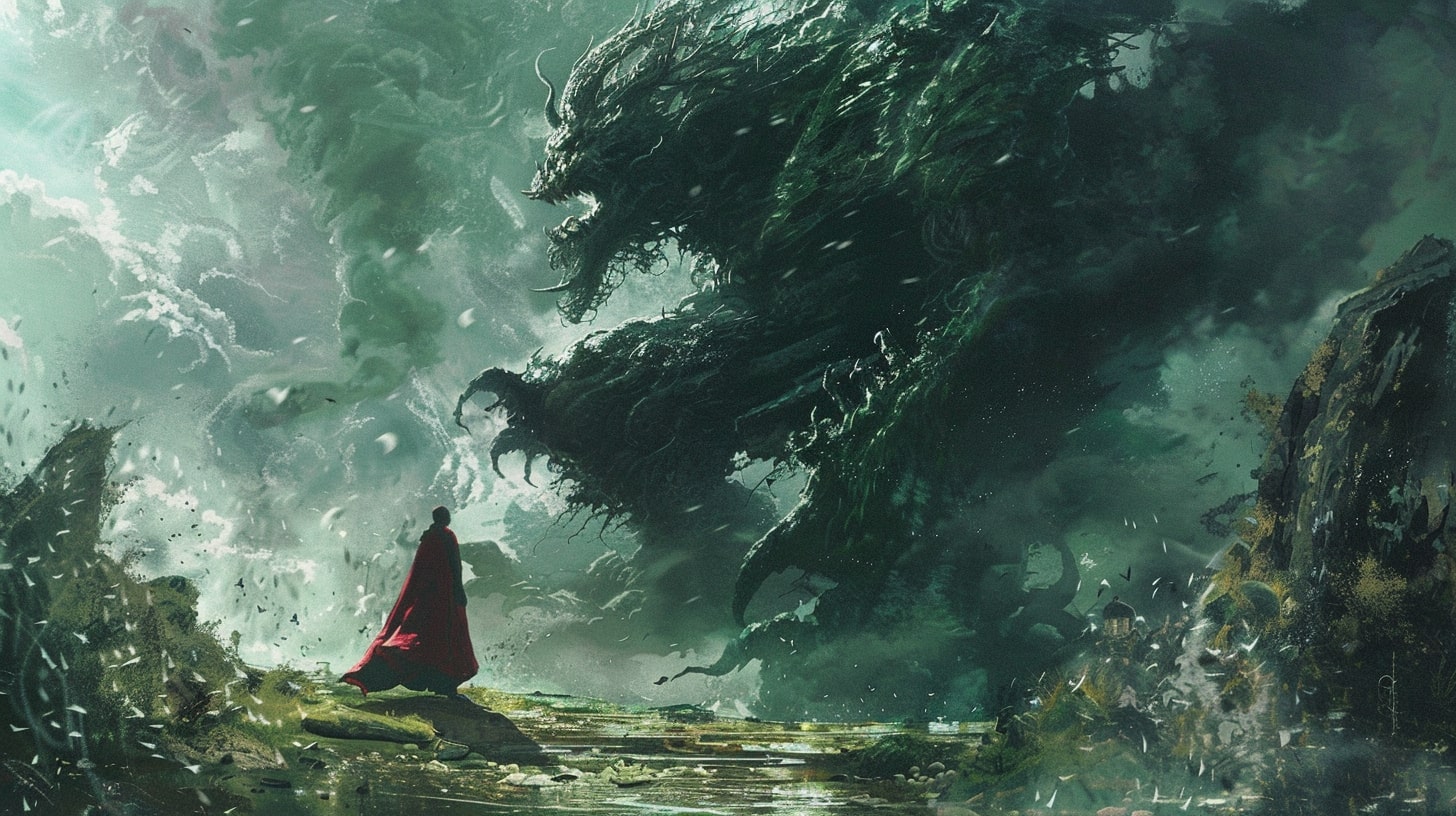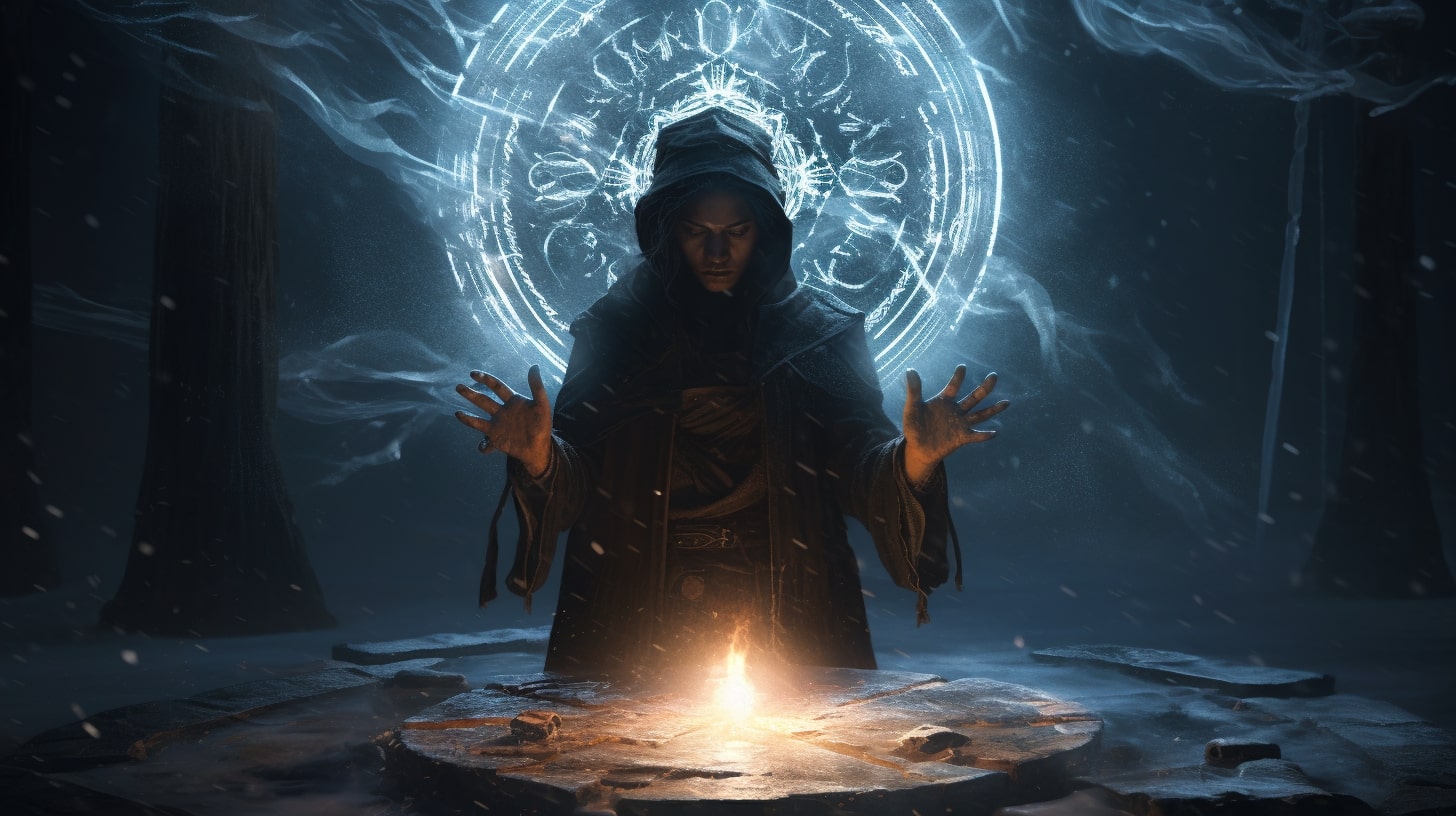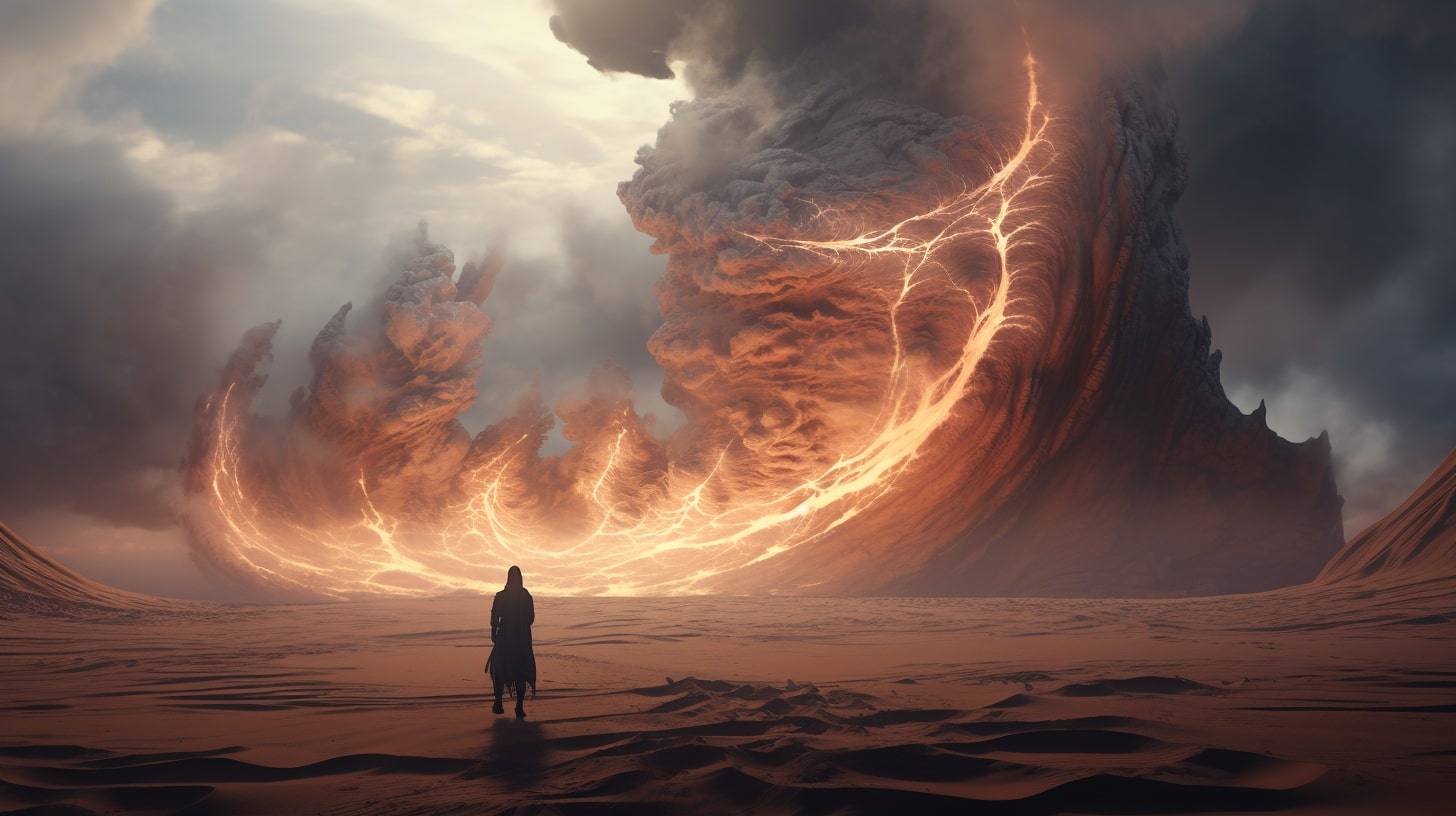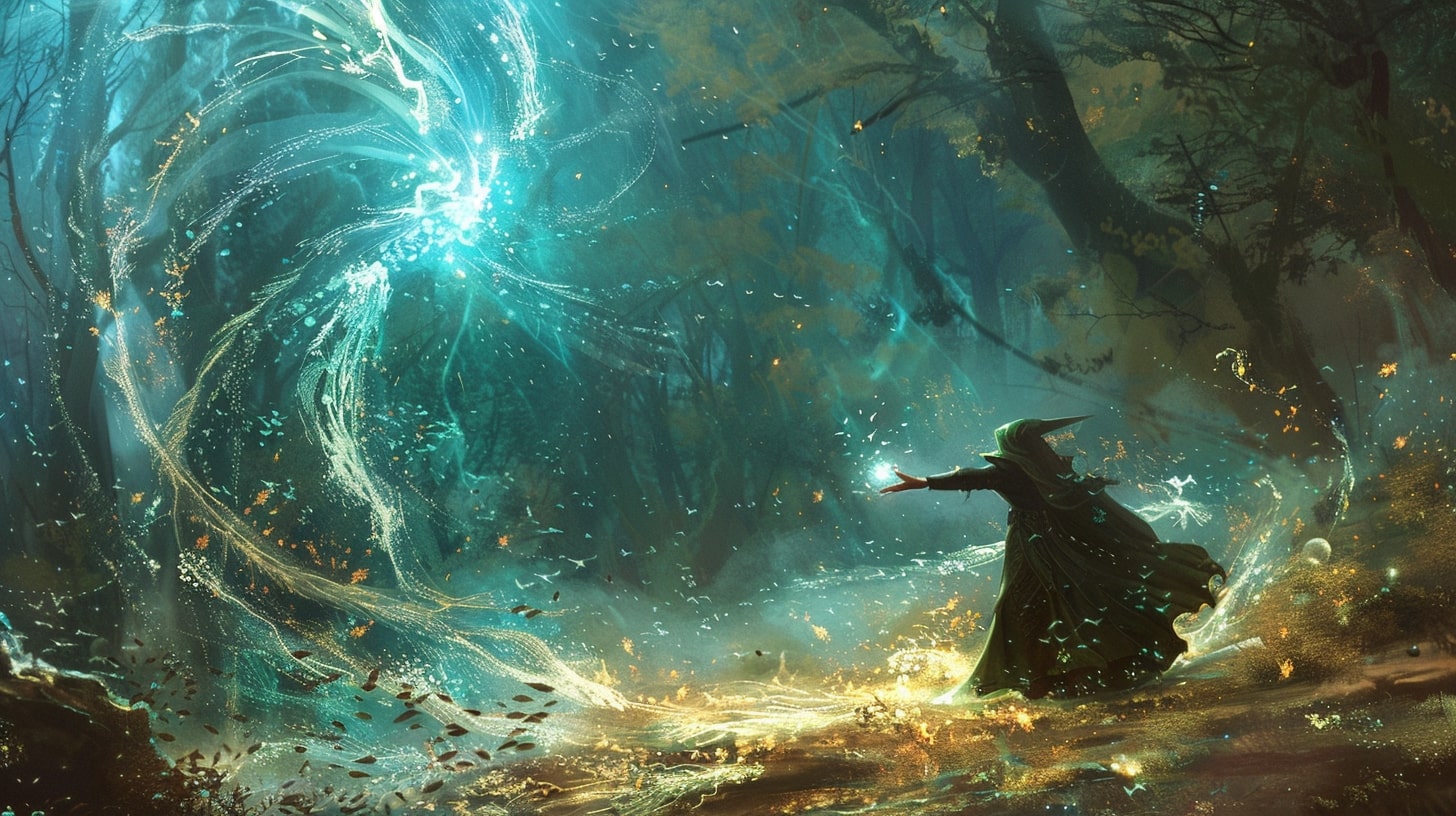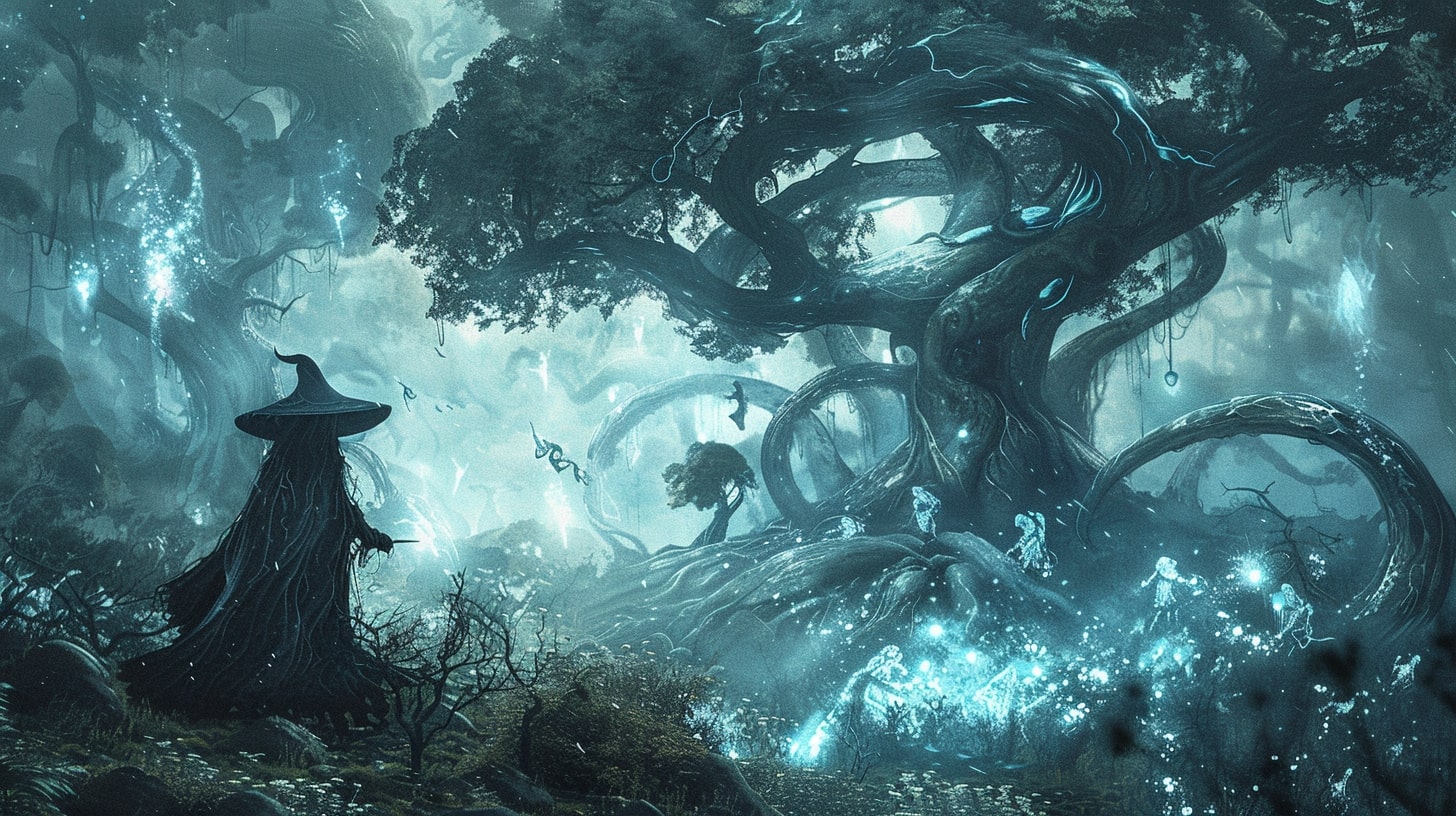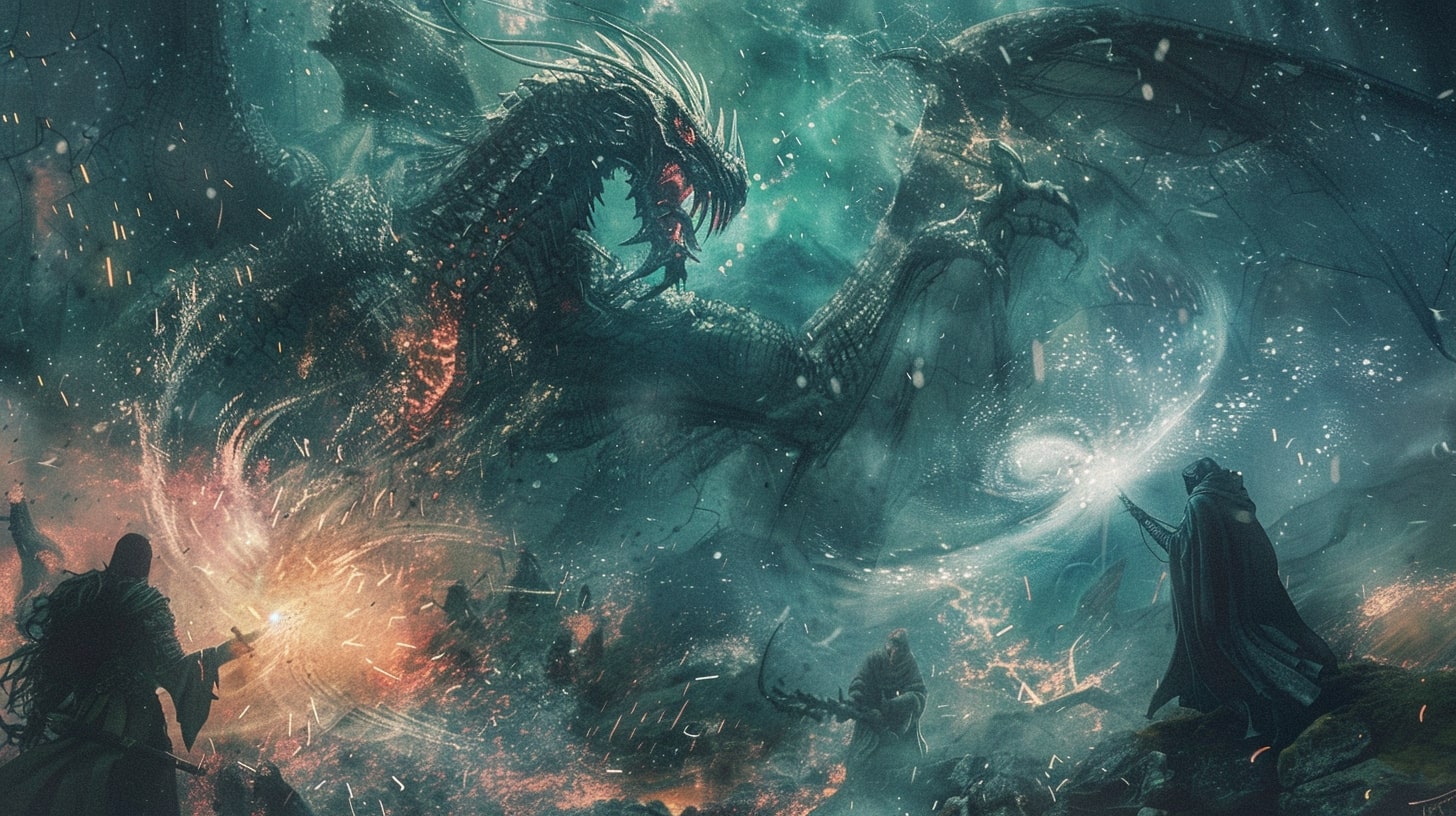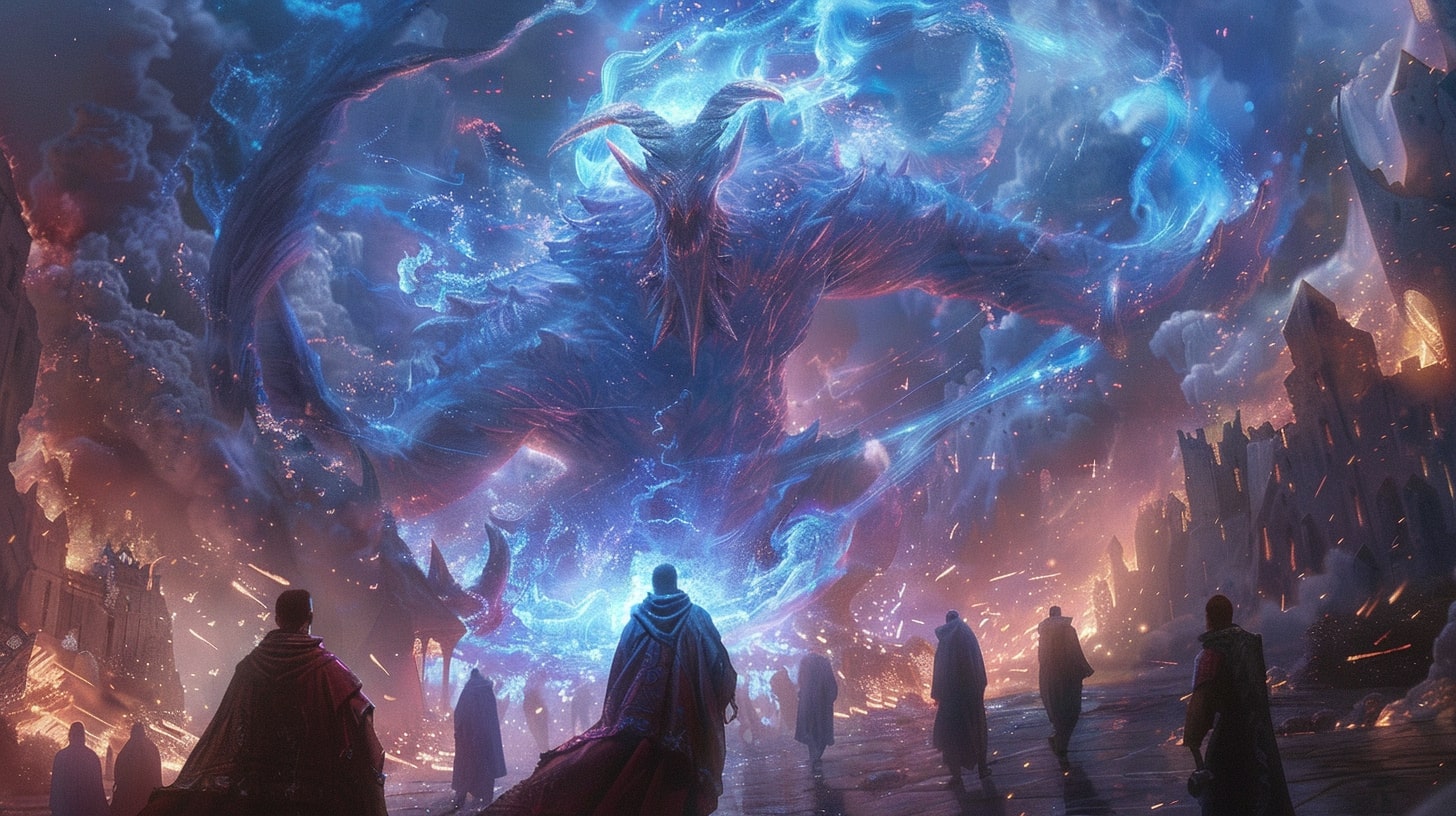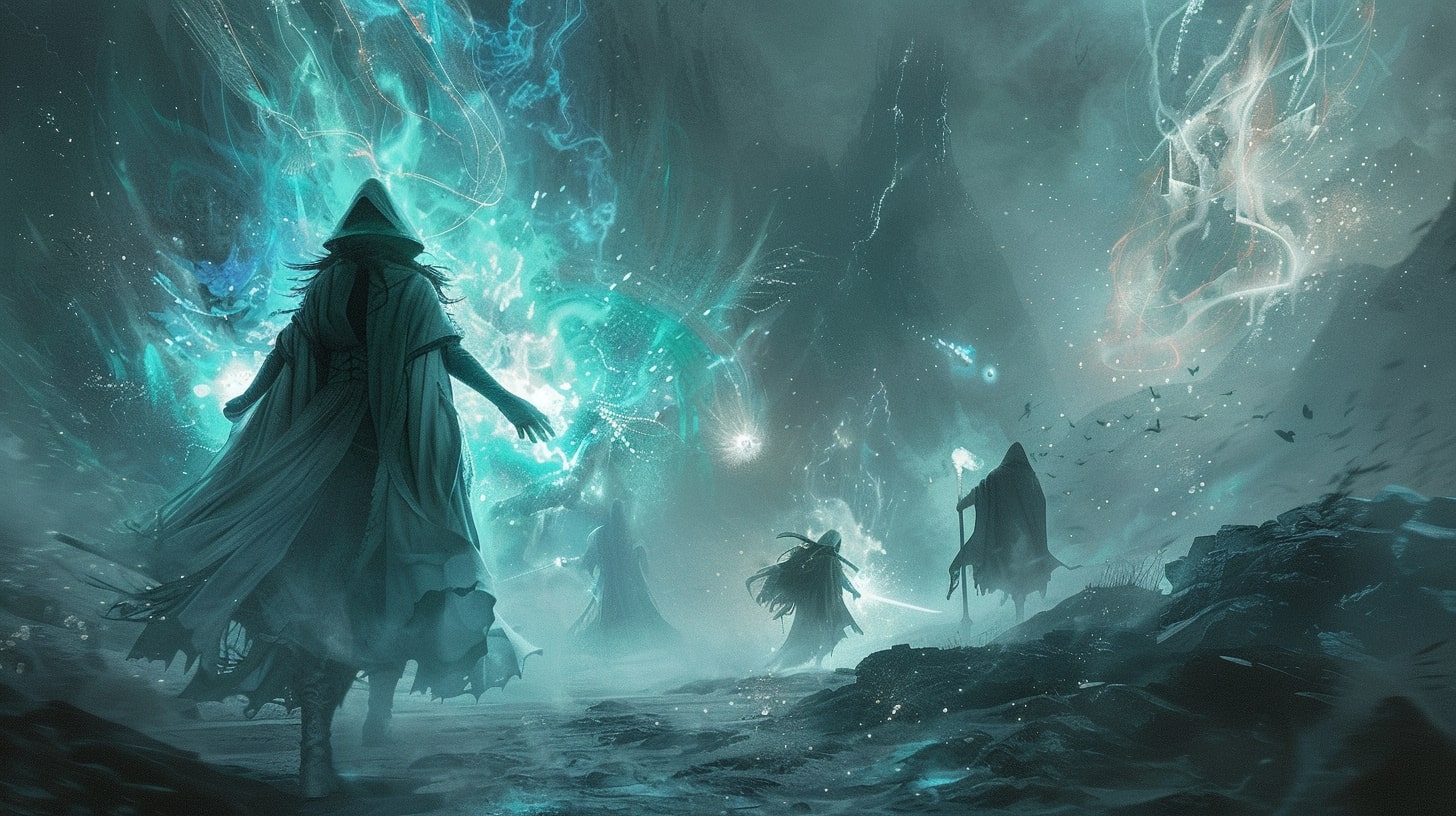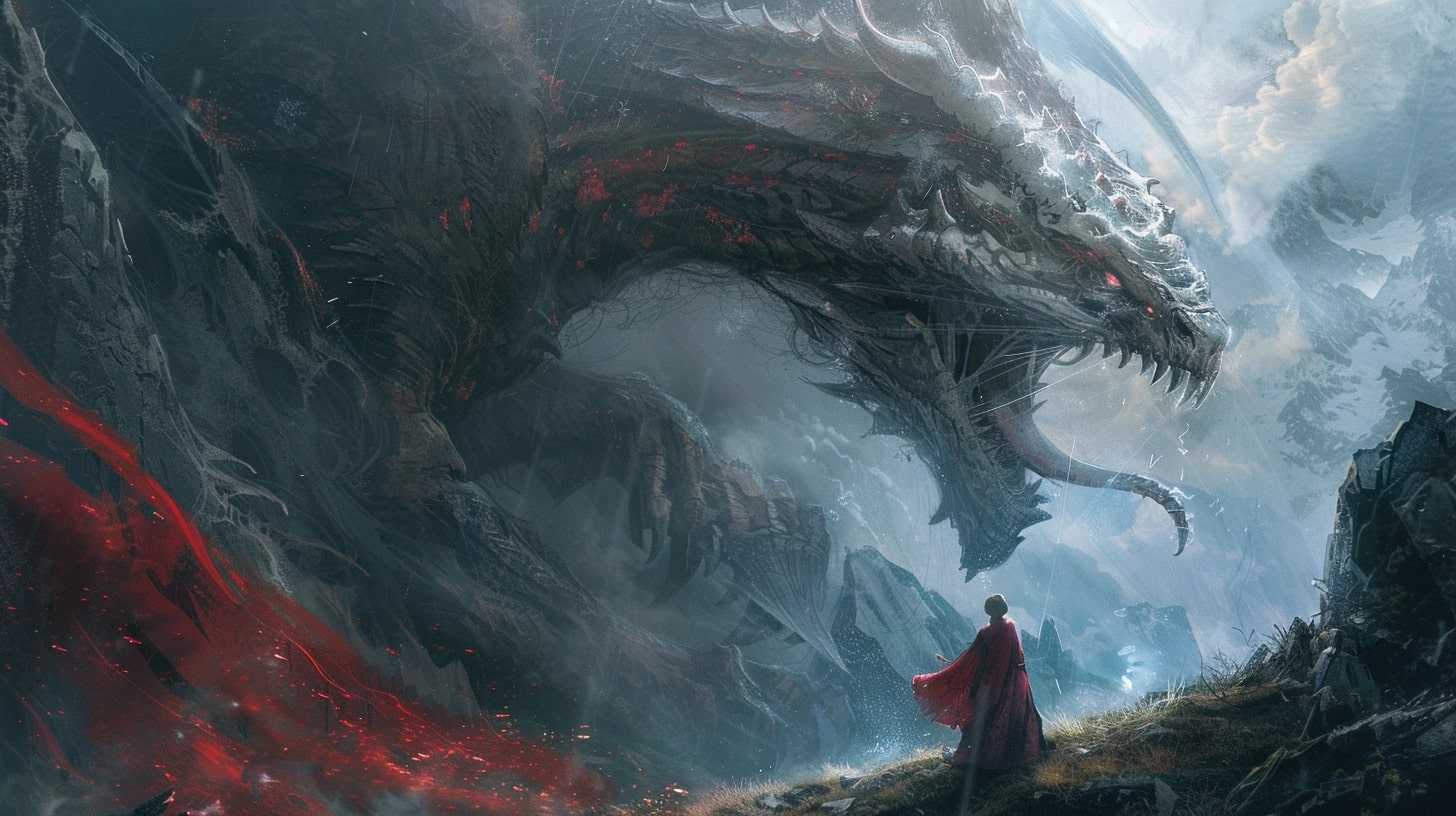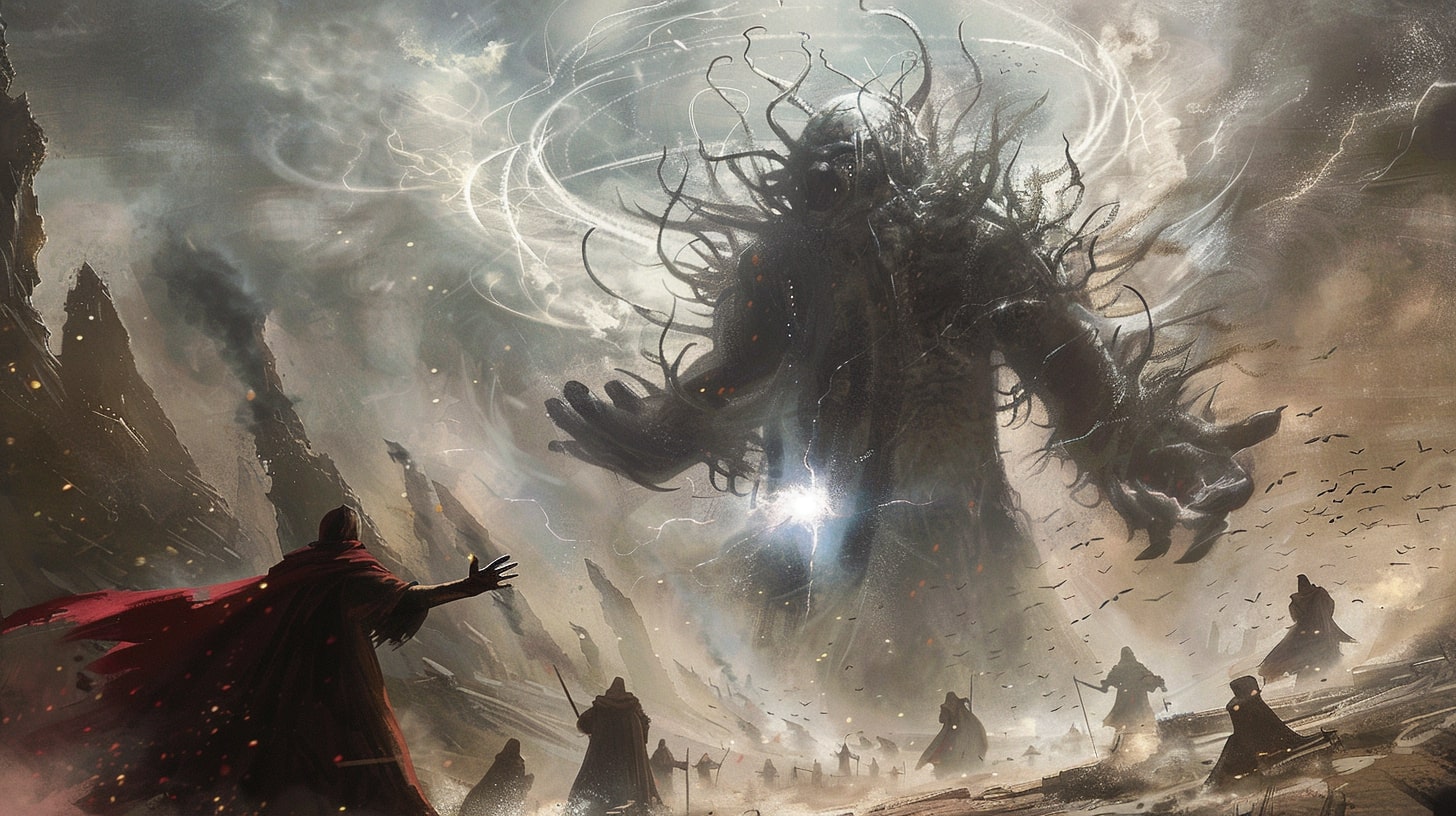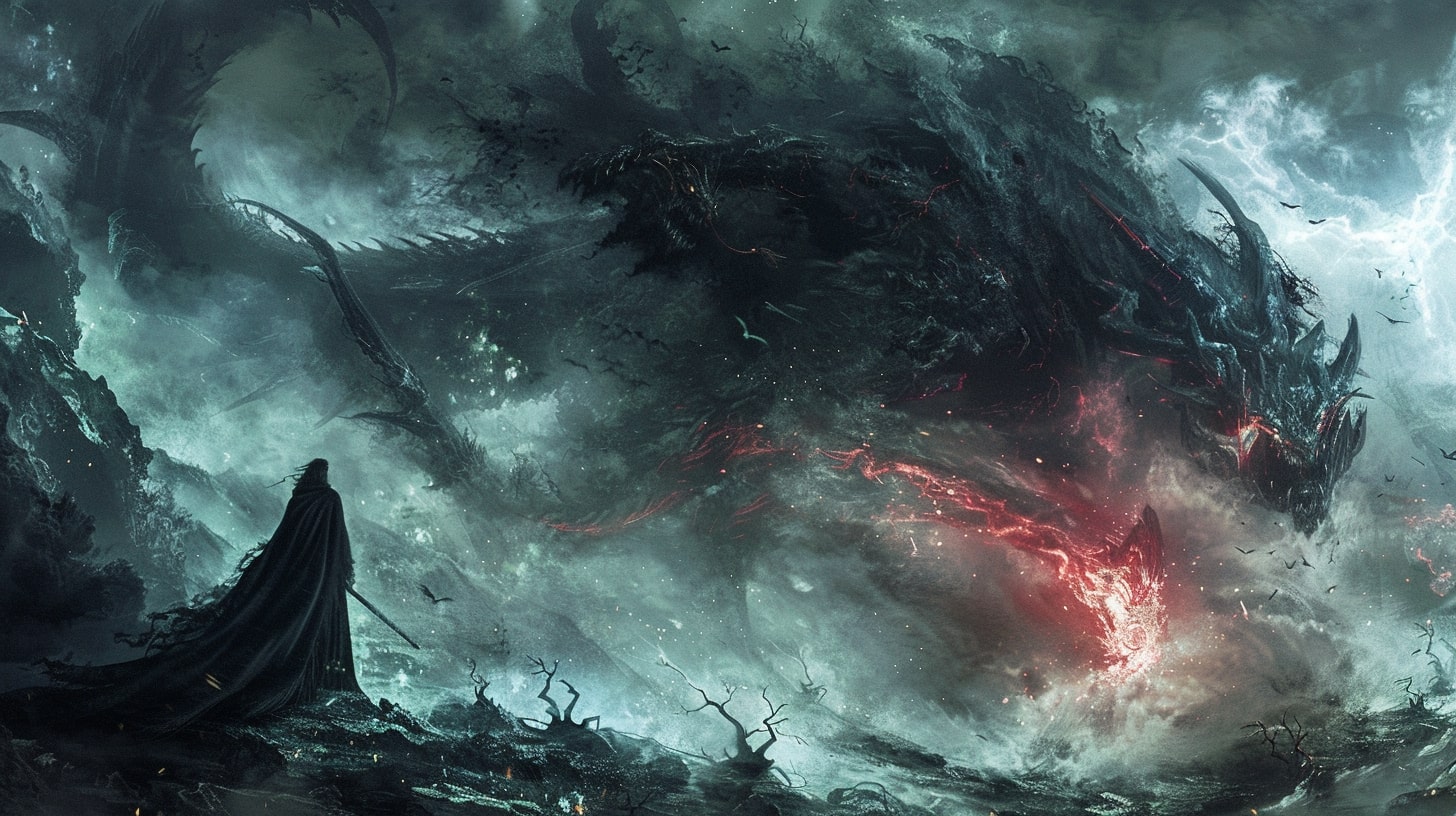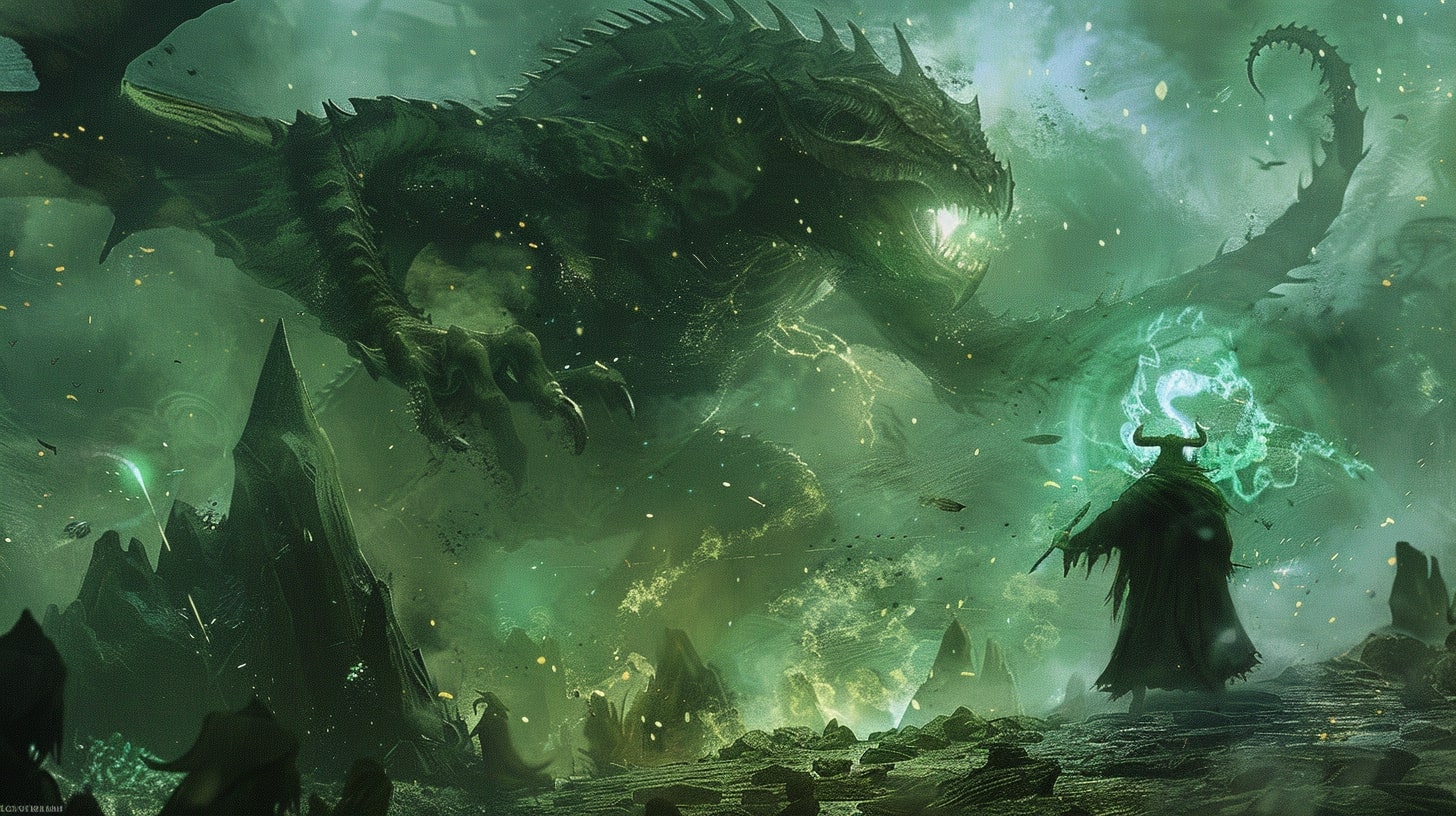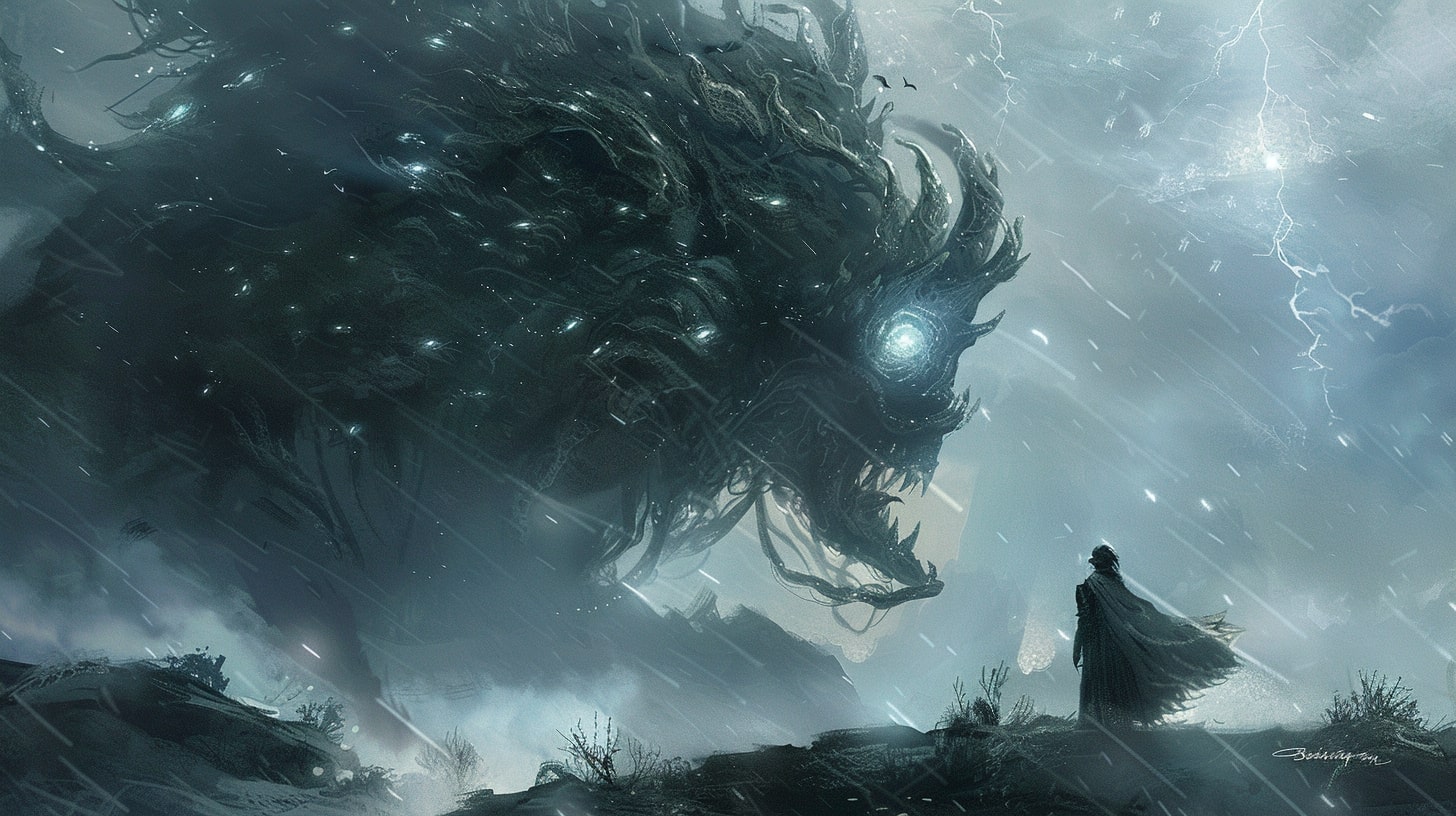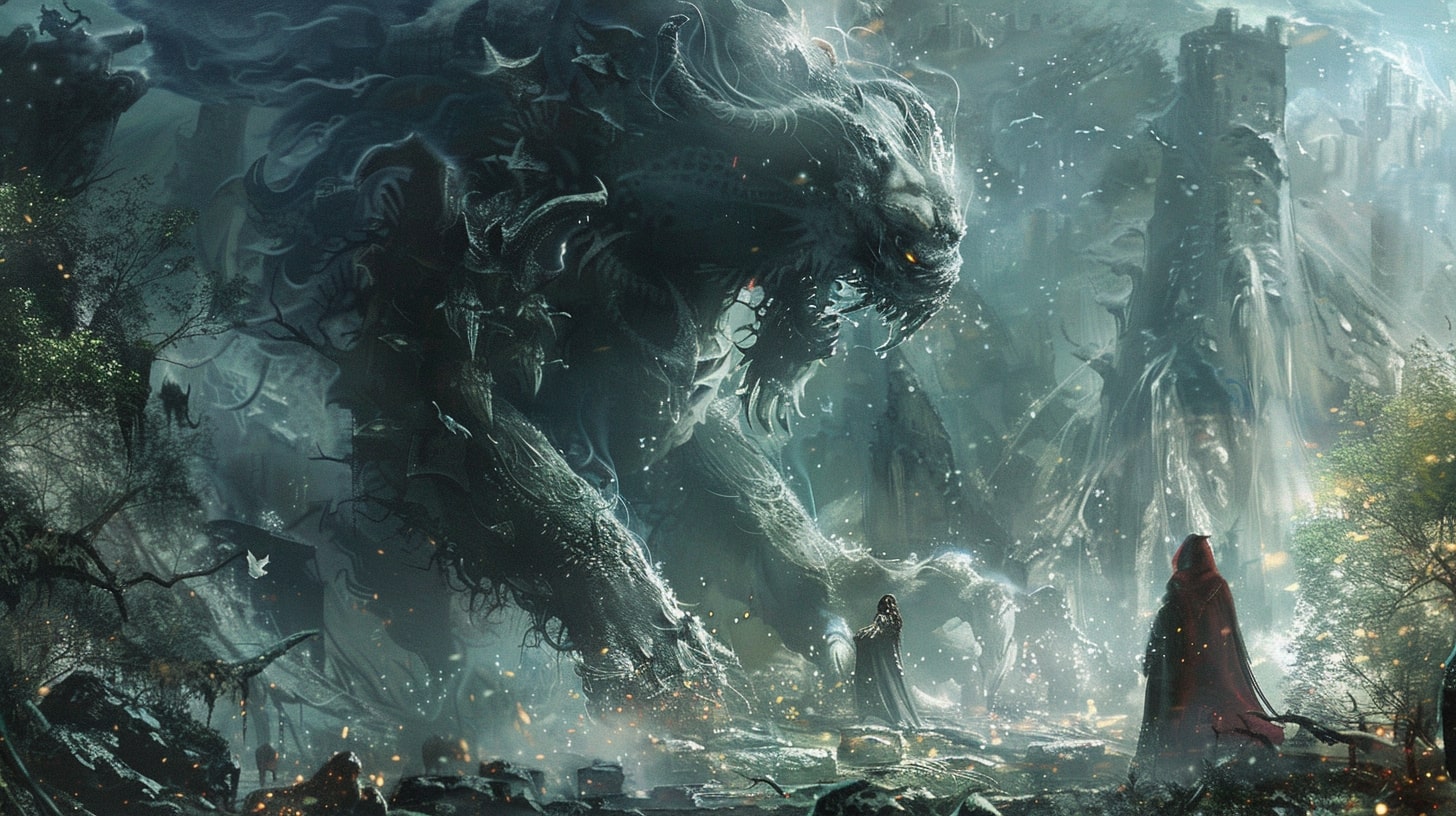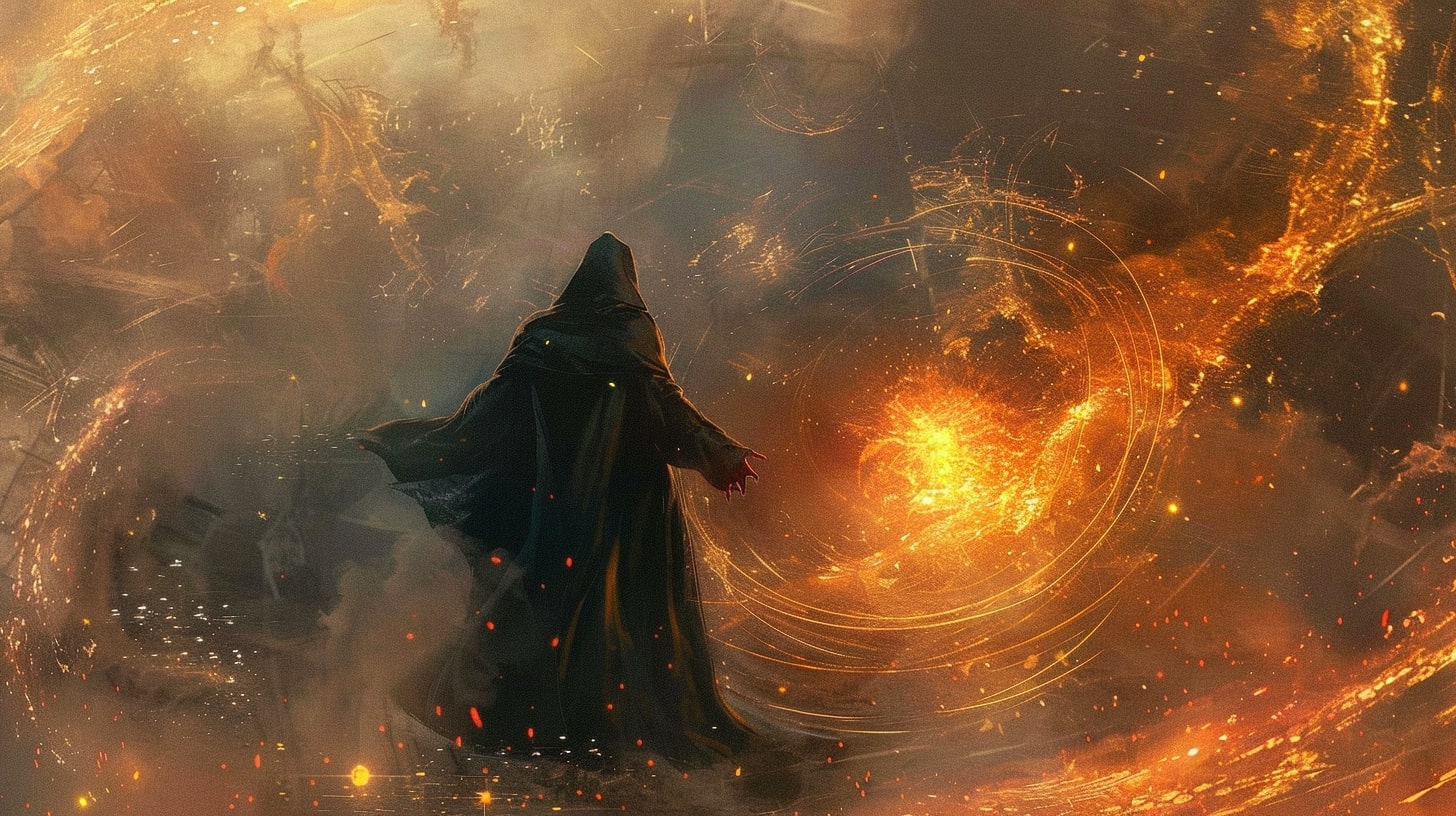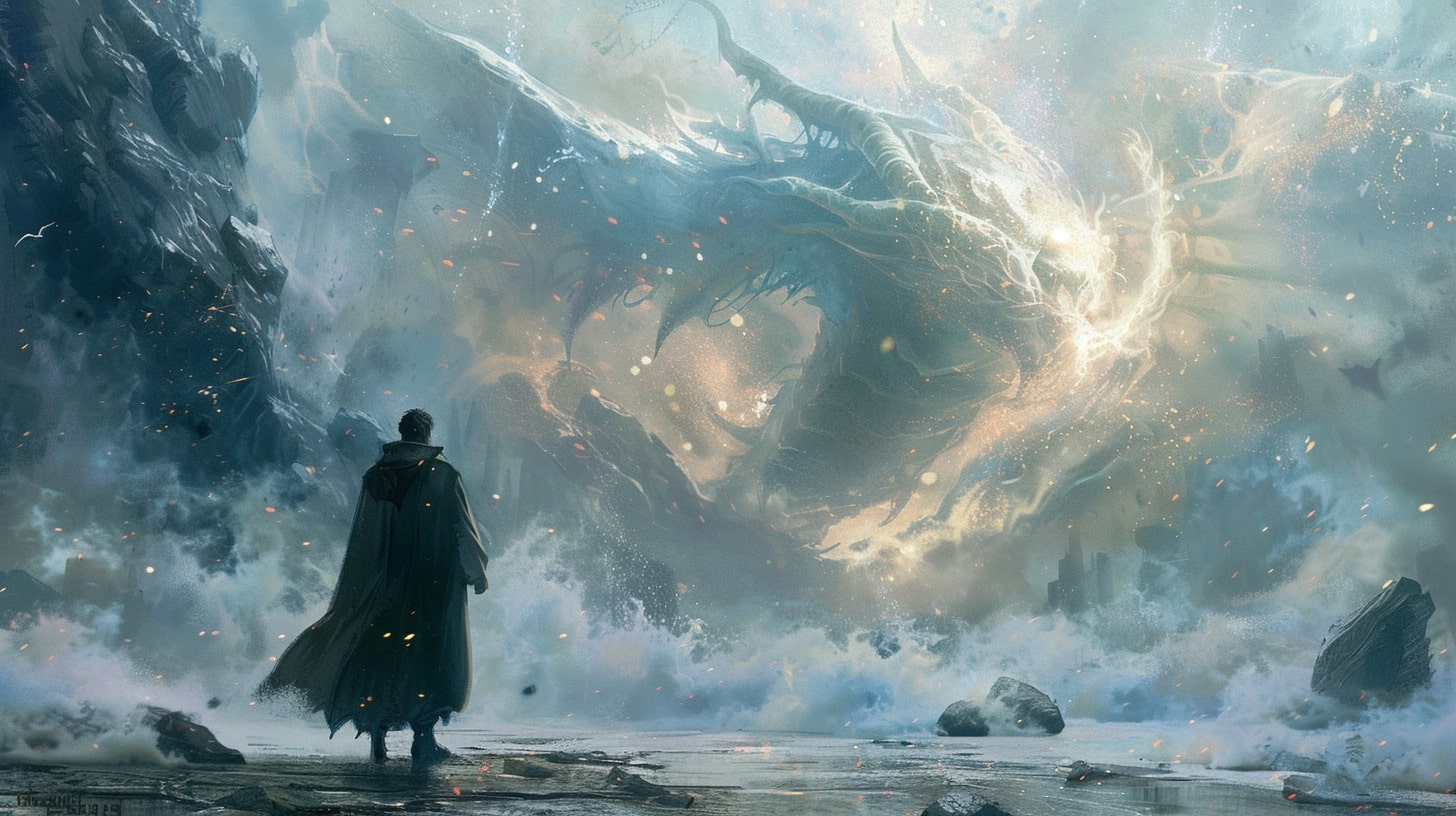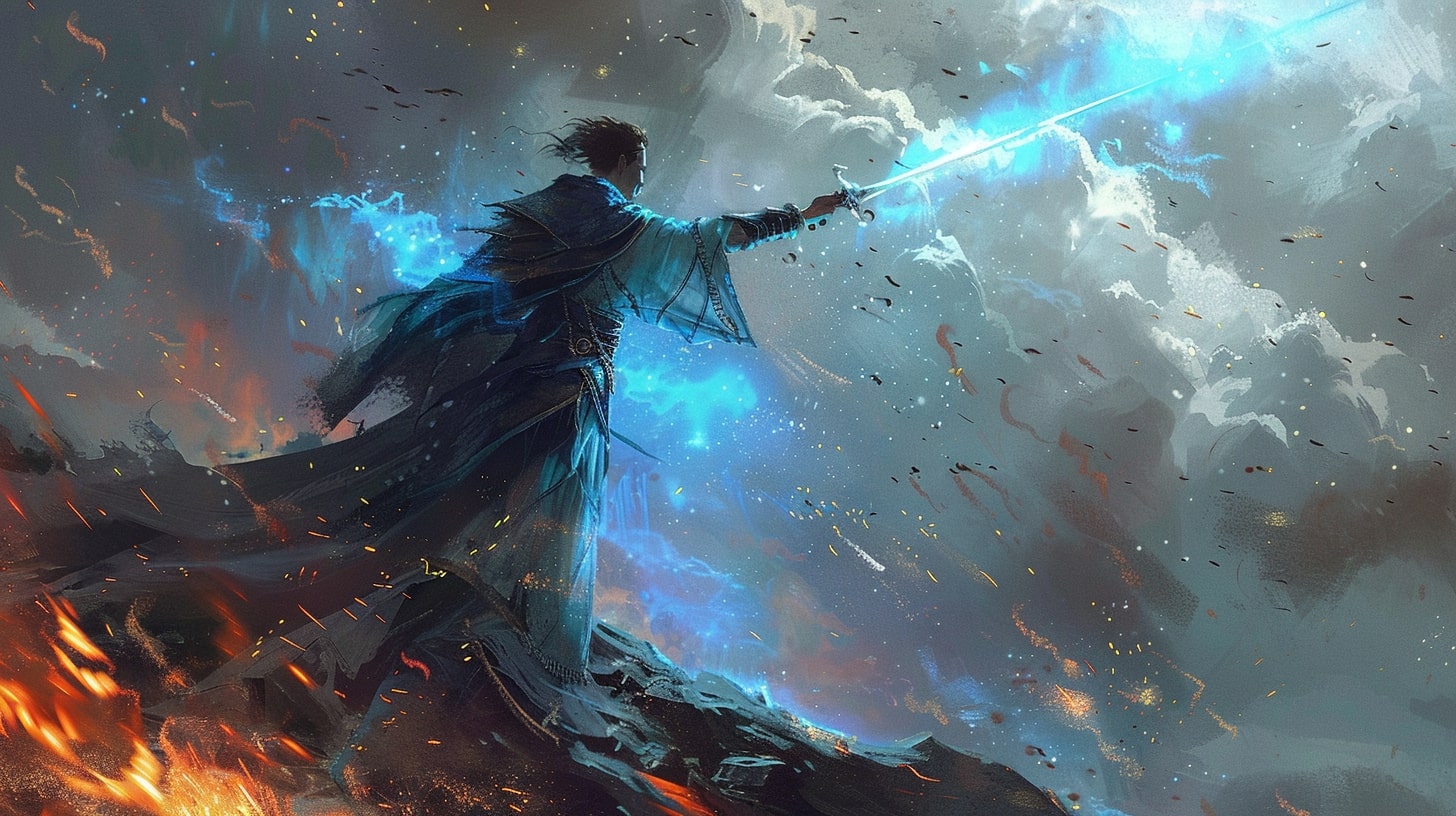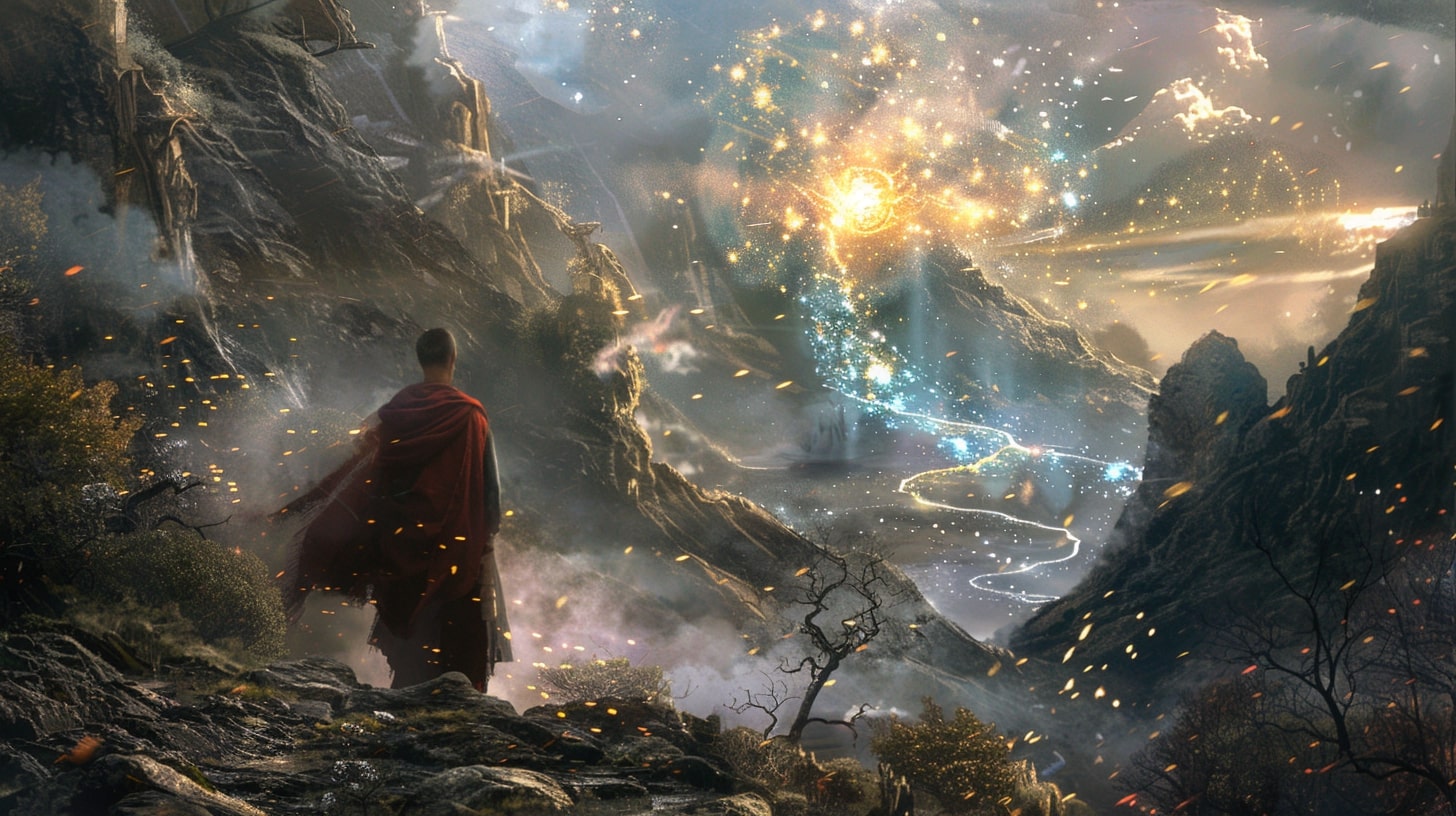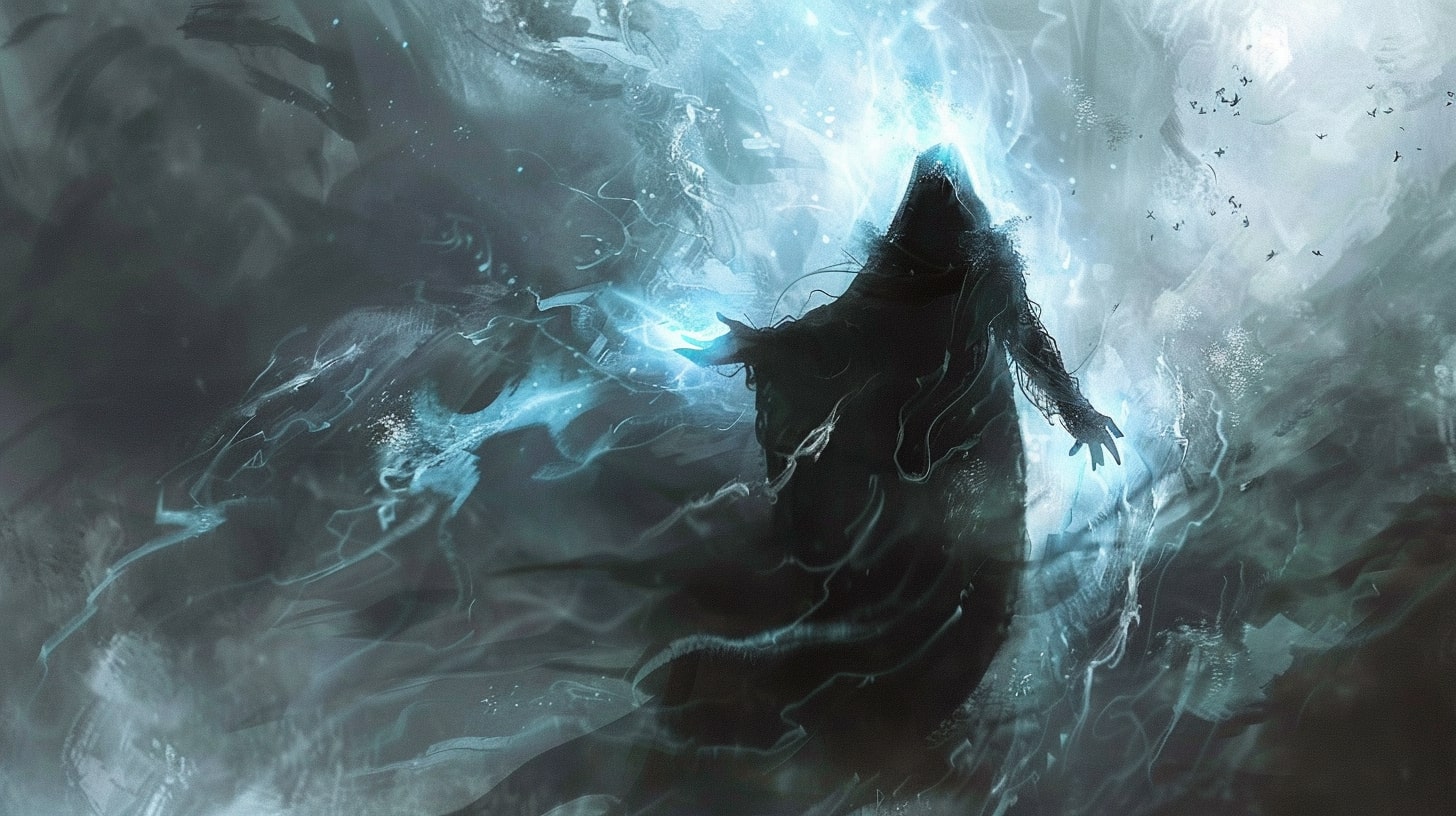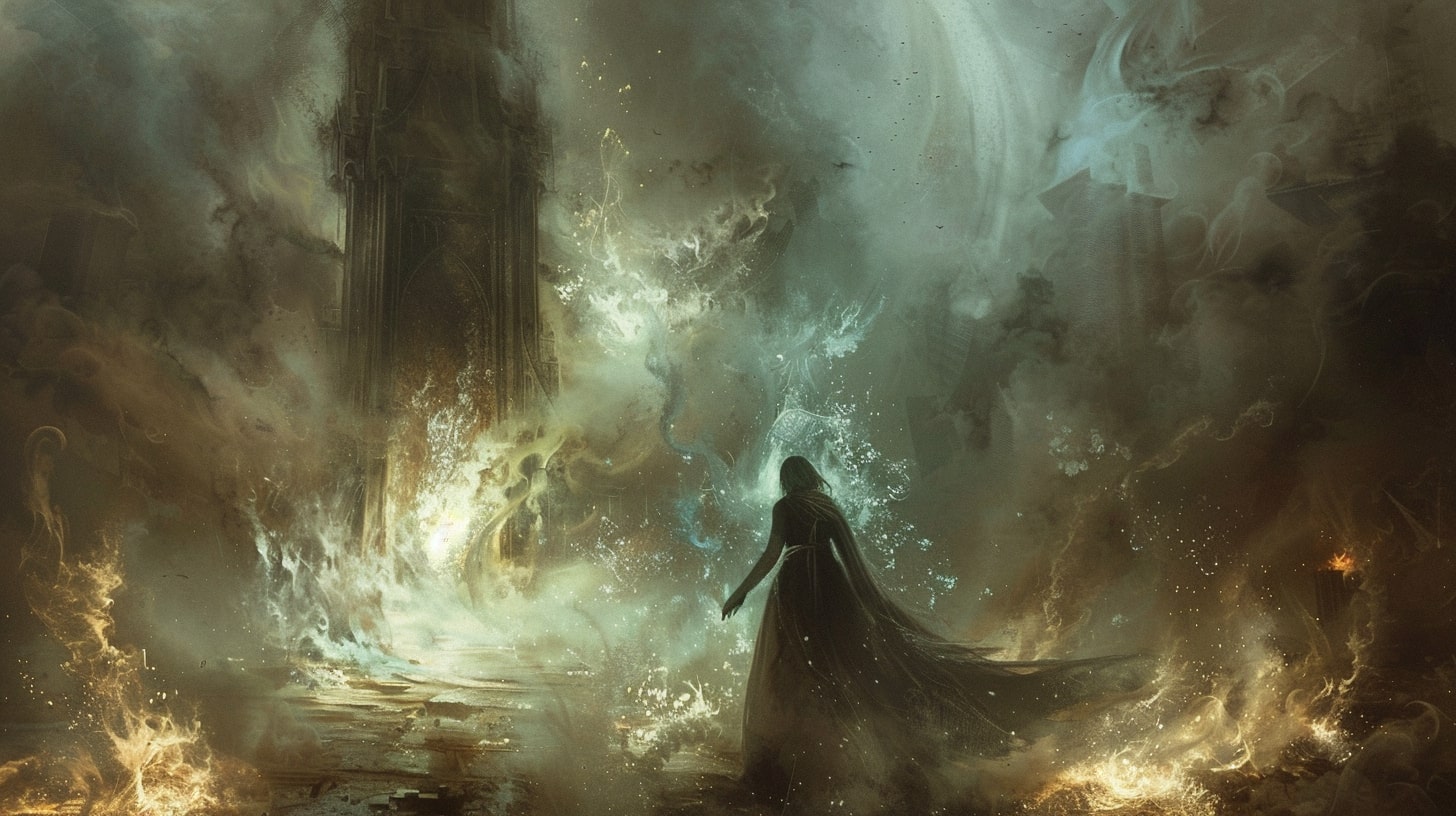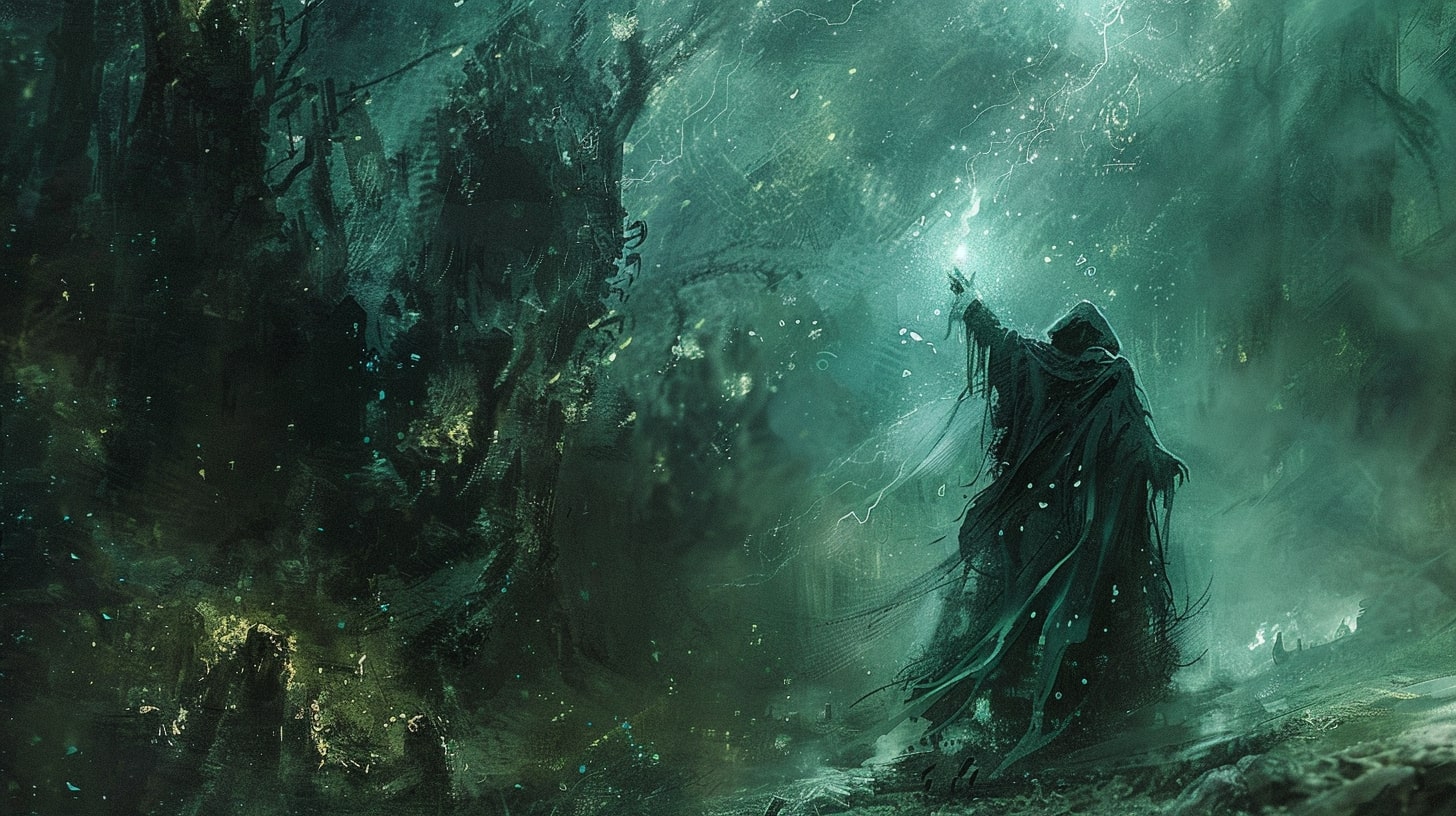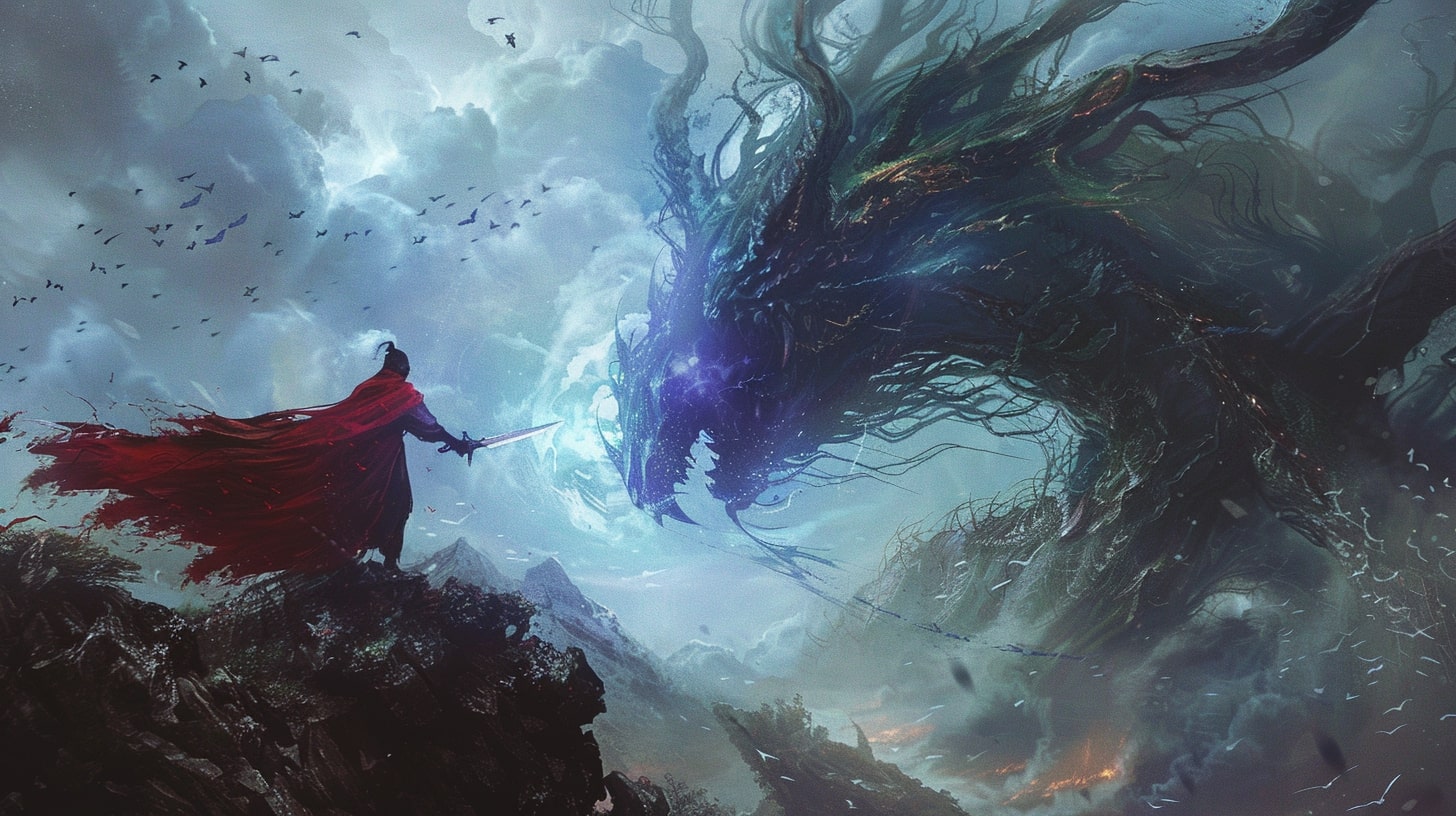Let me tell you about the time I absolutely destroyed my first novel with a broken magic system.
I'd spent months crafting this epic fantasy world where magic users could manipulate reality by harmonizing with the universe's natural frequencies. Sounds cool, right? I thought so too. Until I hit chapter twelve and realized I'd just written myself into a corner tighter than a claustrophobic sardine in a tin can.
See, I'd created these magic users who could literally alter reality by humming the right tune. But I'd forgotten one tiny detail. If they could do that, why wouldn't they just hum the "make everything perfect" song and call it a day? Game over, story dead, author banging head against desk.
Here's the thing about magic systems, they're like that friend who shows up to your party with a bottle of tequila. Seems like a great idea at first, until suddenly everyone's trying to ride your neighbor's cat like a horse and nobody remembers how they got on the roof. Magic systems can either make your world soar or send it crashing down faster than a dragon with vertigo.
But here's the good news: I learned from that disaster. And better yet, I'm going to save you from making the same mistakes I did. Because creating magic systems isn't about making the coolest, most powerful abilities you can imagine. It's about building something that makes your world more interesting, not less.
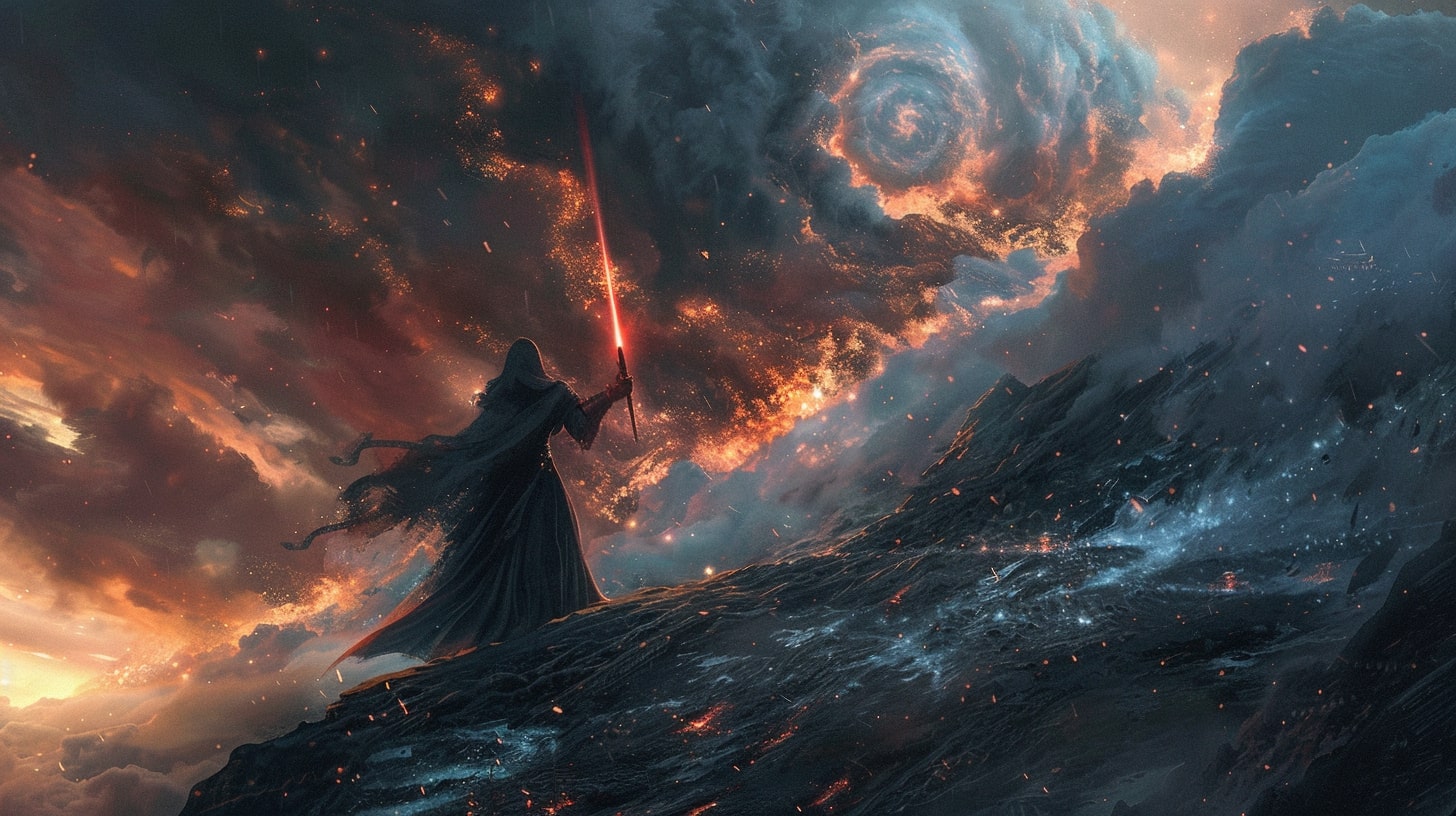
In this guide, we're going to dig into:
- Why most magic systems implode (and how to prevent yours from joining the club)
- The secret sauce that makes magic feel real (even though it's, you know, magic)
- How to give your magic teeth without letting it eat your story
- The art of creating limitations that make your magic more interesting, not less
- Why your magic system needs to play nice with your world's economy (trust me on this one)
Fair warning: we're going to get into some nitty-gritty details here. But I promise you this - by the time we're done, you'll know exactly how to build a magic system that doesn't just look cool on paper, but actually works in practice. A system that makes your readers lean forward and say "okay, but what happens if…" instead of rolling their eyes and mumbling "well, why don't they just use magic to fix everything?"
Because that's the real magic here - creating a system that enhances your story instead of breaking it. And trust me, after you see how this works, you'll never look at magic systems the same way again.
So grab your metaphorical hard hat, because we're about to do some serious world-building construction. And unlike my first attempt, this time we're building something that's actually going to stand up under pressure.
Ready to make some magic that actually makes sense? Let's dive in.
Why Most Magic Systems Collapse (And How to Build One That Won't)
Look, I'm about to save you months of headache here. You know what kills most magic systems? It's not lack of creativity. It's not even lack of planning. It's something way more fundamental - they're built on wishes instead of foundations.
The Three Deadly Sins of Magic Systems
Sin #1: The Power Fantasy Trap
You know that moment when you're creating your magic system and you think "wouldn't it be cool if they could just…" Stop. Right. There. That sentence is the first step on the road to story perdition. I've watched countless amazing worlds collapse because their magic systems were built on the "wouldn't it be cool" foundation instead of the "how would this actually work" foundation.
Here's what happens: You create this awesome ability for your magic users. Let's say they can teleport. Cool, right? Then you're writing chapter three, and suddenly you realize - wait, if they can teleport, why doesn't everyone just teleport their armies behind enemy lines? Why doesn't every thief just teleport into vaults? Why does anyone bother with roads? Your cool power just broke your entire world's logic.
Sin #2: The Kitchen Sink Syndrome
This one's my personal favorite because I've been so guilty of it. You start adding powers to your magic system like you're picking toppings at a frozen yogurt shop. A little elemental control here, some mind reading there, maybe throw in some prophetic visions for good measure. Before you know it, your magic users are basically gods, and your story has all the tension of a wet noodle.
The real kicker? Each power you add doesn't just add its own problems - it multiplies them. It's not 1+1=2, it's 1×1=oh-god-what-have-I-done. Every new ability interacts with every existing ability in ways you didn't expect, and suddenly your magic system has more holes than my aunt's attempt at crocheting.
Sin #3: The Missing Price Tag
This is the silent killer of magic systems. You've got all these cool powers, but you forgot to make them cost something meaningful. And I don't just mean energy or mana or whatever resource you're using. I mean real costs - social costs, economic costs, personal costs.
Think about it, if magic can solve problems easily, why hasn't it already solved all the problems in your world? If healing magic exists, why isn't everyone immortal? If you can conjure food, why does anyone farm? Without real costs and limitations, magic doesn't enhance your world - it breaks it.
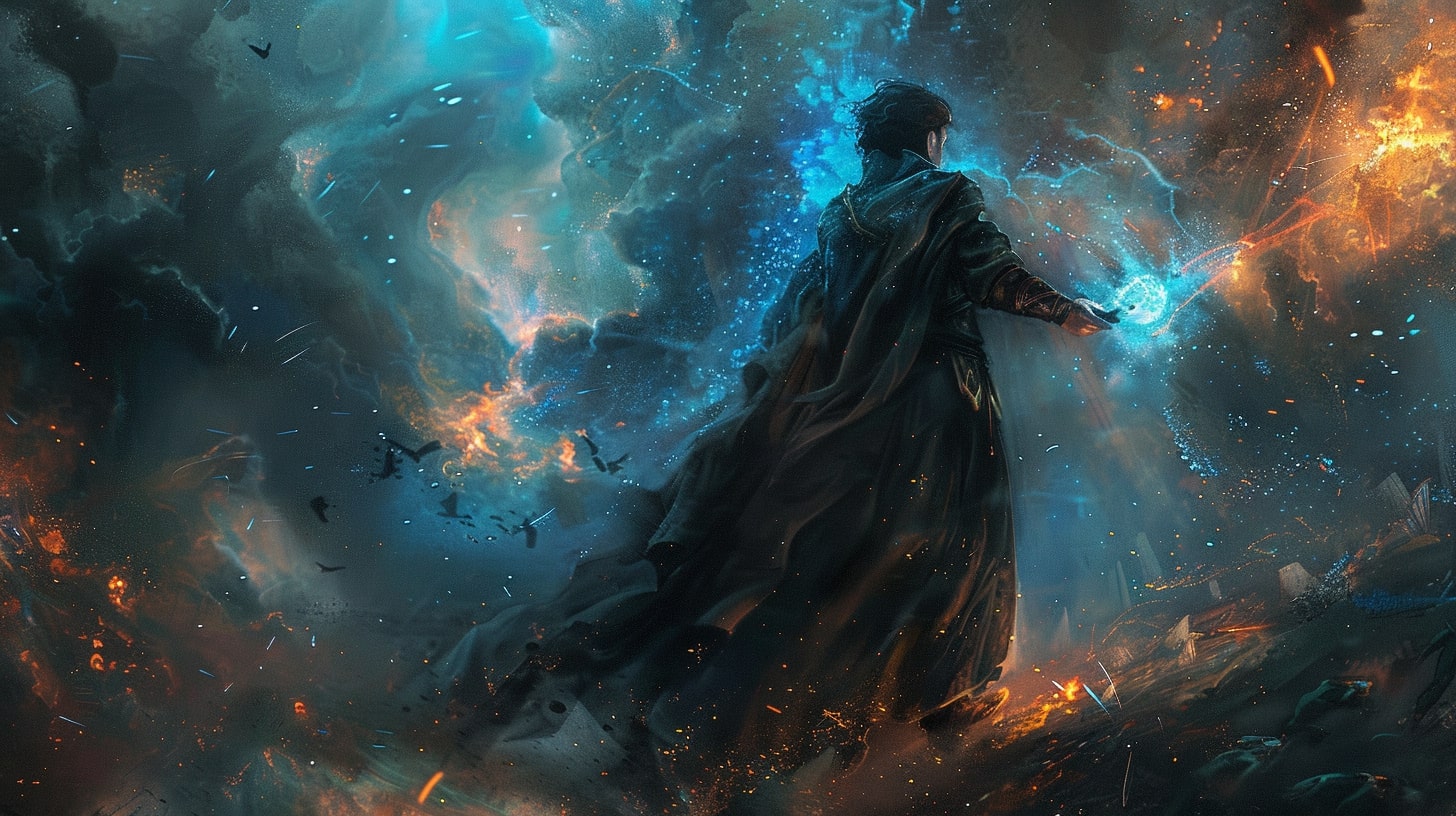
The Real Cost of Poorly Planned Magic
Here's where it gets serious. A broken magic system doesn't just create plot holes - it destroys reader trust. Every time your reader thinks "why don't they just use magic to solve this?" and there isn't a good answer, you lose a little bit of their faith in your world.
And it gets worse. A poorly planned magic system will:
- Force you to constantly invent new rules to patch plot holes
- Make your conflicts feel artificial because there's always a "why don't they just…"
- Create power creep as you try to maintain tension
- Make your world feel less real because the implications of magic aren't properly considered
The Power Creep Trap
Let's talk about power creep, because this is where even well-planned magic systems often go to die. It starts innocently enough - you need to up the stakes for your story, so you reveal that your magic users can do a little bit more than previously shown. No big deal, right?
Wrong. This is like giving a mouse a cookie - it never stops at just one. Soon you're constantly having to make your magic more powerful to maintain tension, and before you know it, your carefully crafted system has spiraled out of control.
The Way Out
Here's the good news, there is a way to build magic systems that actually work. The secret isn't in making them more powerful or more complex. It's in making them more grounded.
Think of your magic system like a building. The cooler it looks, the stronger the foundation needs to be. Want to create something tall and impressive? You better dig deep and lay some serious groundwork first.
In the next section, we're going to look at exactly how to build that foundation. We'll talk about the Core Principles of Magic System Design - the load-bearing walls that'll keep your magical skyscraper from toppling over the first time plot winds blow.
But before we move on, do yourself a favor: Take whatever magic system you're working on right now and ask yourself these three questions:
- Could this solve all my world's problems if used logically?
- Can I explain every power's cost in one sentence?
- Do I understand how this affects my world's economy?
If you answered "yes" to the first question or "no" to either of the others, stick around. We're about to fix that.
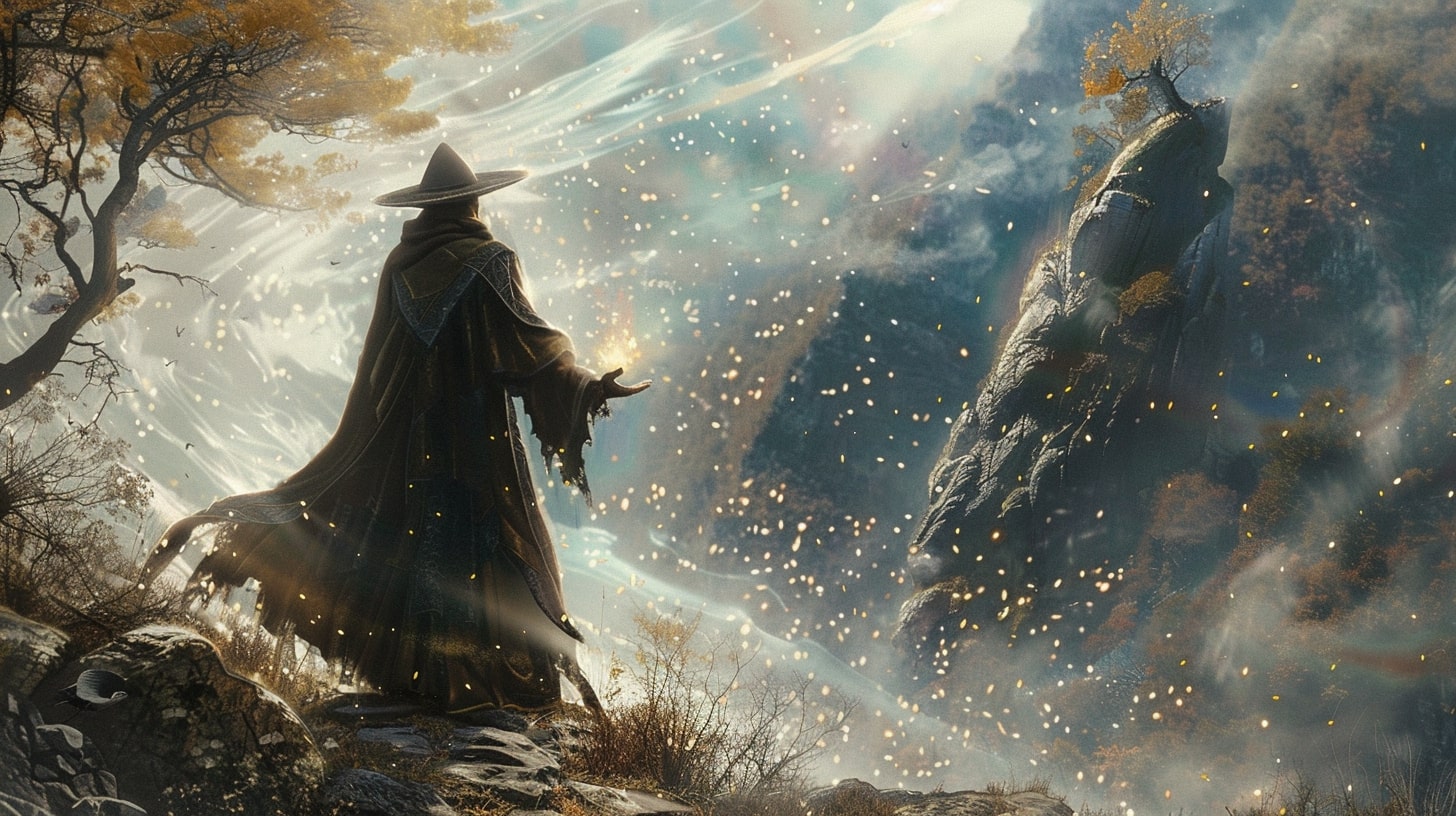
The Core Principles of Magic System Design
Remember when I told you about my frequency-based magic system that crashed and burned? Well, here's what I learned from that dumpster fire. Every magic system needs three core pillars to stand up. Think of them like the legs of a tripod. Take one away, and the whole thing topples over faster than a drunk unicorn on roller skates.
The Power Source Trinity
Where It Comes From
First up, your magic needs a source. And no, "it just exists" doesn't cut it. This isn't just about being fancy. Your power source shapes everything about how magic works in your world.
Let me give you an example. Say your magic comes from starlight. Cool concept, right? But think about the implications:
- What happens during the day?
- Do cloudy nights affect power levels?
- Are some stars more powerful than others?
- Does distance from the sky matter?
Suddenly, you're not just picking a power source, you're creating natural limitations, strategic considerations, and potential conflicts. Maybe cities build glass-domed gathering halls for starlight collection. Maybe mountain temples are more powerful because they're closer to the stars. Maybe your world has a whole economy built around storing starlight in crystals for daytime use.
Who Can Use It
This is where most magic systems start getting shaky. Because here's the uncomfortable truth - if everyone can use magic equally, your world-building probably doesn't make sense.
Think about it. If magic is easily accessible to everyone:
- Why do non-magical solutions exist?
- Why hasn't magic completely replaced technology?
- Why isn't everyone constantly using magic for everything?
You need to establish:
- Who has access to magic
- Why they have access
- What prevents others from accessing it
- How these restrictions affect society
Maybe only people born during eclipses can use starlight magic. Maybe it requires years of training. Maybe using it permanently changes you in ways that make some people choose not to. The restrictions matter less than the fact that they exist and make logical sense.
What It Costs
Here's where we separate the wheat from the chaff in magic systems. Cost isn't just about preventing your magic users from solving every problem with a wave of their hand (though it does that too). It's about creating interesting choices and meaningful consequences.
Good costs should:
- Scale with the power being used
- Create interesting trade-offs
- Affect both the user and the world around them
- Generate potential conflicts
Back to our starlight magic example. Maybe using magic slowly turns your eyes into literal stars, making it harder and harder to function during daylight. Maybe each use permanently consumes a star, leading to ethical debates about using magic at all. Maybe it ages you based on the power you channel, forcing magic users to literally trade their lives for power.

The Limitation Framework
Natural Boundaries
These are your first line of defense against magic system collapse. Natural boundaries aren't just arbitrary rules - they're logical limitations that arise from how your magic works.
For starlight magic, natural boundaries might include:
- Only works at night
- Power varies with stellar cycles
- Requires line of sight to stars
- Weaker in urban areas due to light pollution
Social Restrictions
This is where your magic system starts really integrating with your world. Social restrictions arise from how society reacts to and regulates magic use.
Think about:
- Legal limitations on magic use
- Religious or cultural taboos
- Professional regulations
- Social consequences of use
Maybe your starlight mages have to be licensed. Maybe certain stars are considered sacred and using their power is blasphemy. Maybe there are strict rules about storing starlight because some duke's kid blew up half the castle with a poorly stored crystal.
Personal Costs
Here's where you make magic use personal and meaningful. These are the costs that affect the user directly and create internal conflict.
Good personal costs might include:
- Physical changes or damage
- Mental or emotional toll
- Social isolation or stigma
- Addiction potential
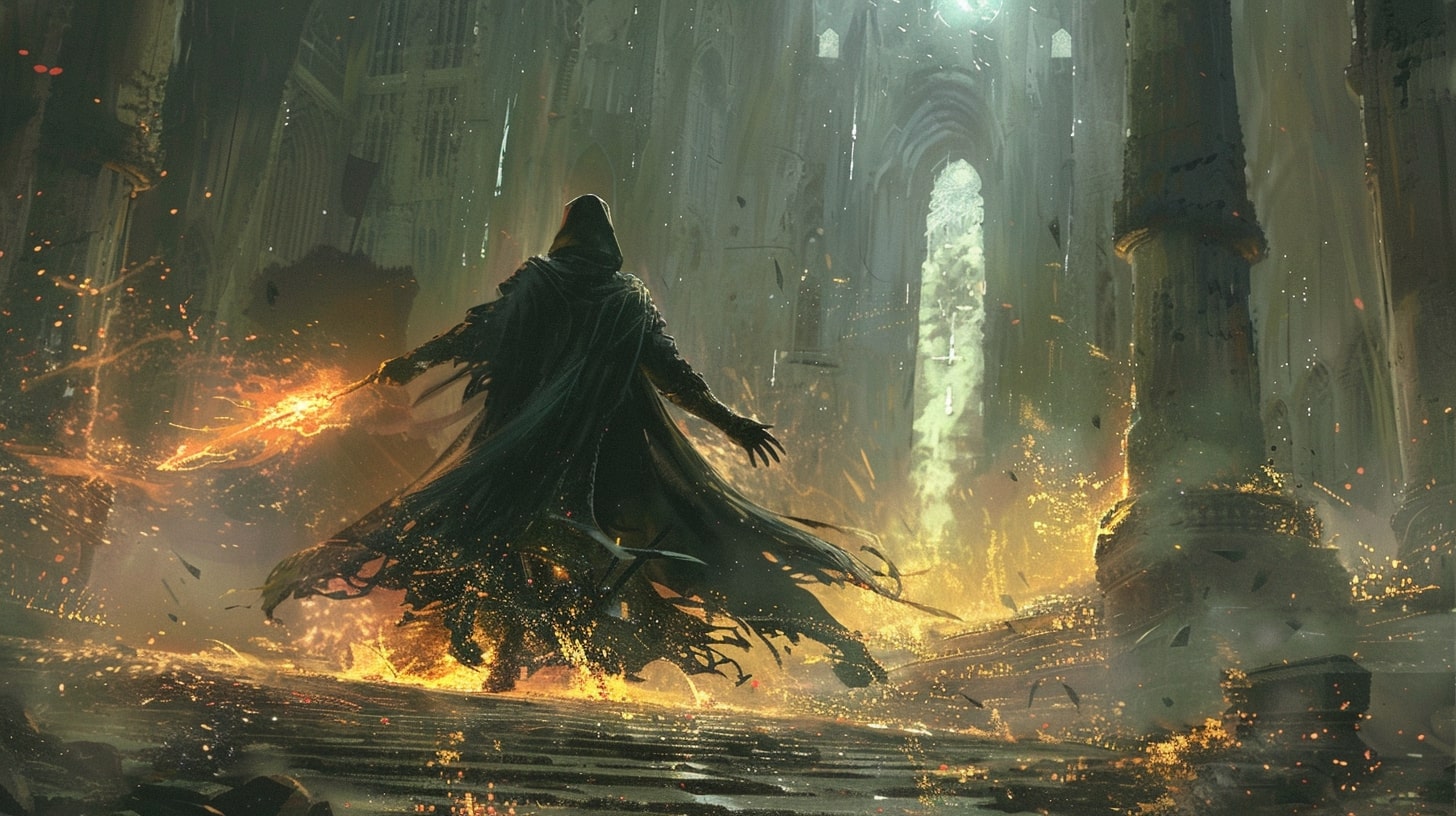
Making It All Work Together
Here's the real secret to creating magic systems that work: everything has to connect. Your power source influences who can use it, which affects social structures, which creates limitations, which shapes how the power source is accessed…it's all one big interconnected web.
When you get these core principles right, your magic system doesn't just avoid breaking your world. It actively makes your world more interesting. Every limitation creates a potential story. Every cost creates a potential conflict. Every restriction creates a potential plot point.
Think of your magic system like a rock you're dropping into a pond. The rock itself is interesting, sure. But what really matters are the ripples it creates. Those ripples should touch every part of your world in ways that make sense and create opportunities for story.
In the next section, we'll look at how to actually implement these principles by building your system's DNA. But for now, take another look at your magic system and ask yourself:
- Can I trace every power back to its source?
- Do my limitations arise naturally from how the magic works?
- Are my costs meaningful enough to create interesting choices?
If you're not quite there yet, don't worry. We're just getting started.
Building Your System's DNA: Where Magic Meets Reality
Remember what I said about dropping a rock in a pond? Well, it's time to build that rock. But here's the thing, we're not just making any old rock. We're creating something that'll make waves that reshape your entire world. Let's get into the nitty-gritty of how magic systems actually work in practice.

The Resource Reality Check
Want to know the fastest way to break a magic system? Forget about resources. I learned this the hard way when I created a magic system based on transforming matter. Sounds great until you realize you've accidentally solved world hunger, eliminated resource scarcity, and basically destroyed your entire world's economy in one fell swoop. Oops.
Energy Conservation
First rule of magic systems? Energy has to come from somewhere. Even if you're breaking the laws of physics (it is magic, after all), you need consistent rules about energy flow. Here's what you need to nail down:
- Where does the energy come from?
- Where does it go?
- What happens to excess energy?
- What happens when there isn't enough?
Think of it like your world's magical accounting system. The books need to balance, or somebody's going to notice the discrepancy.
Power Distribution
This is where your magic system starts getting real teeth. Power distribution isn't just about who can do what - it's about how magic flows through your world. Ask yourself:
- How is magical power stored?
- How is it transferred?
- Can it be stolen?
- Does it degrade over time or distance?
Let's say you've got a magic system based on capturing and using emotions. Cool concept. But now you need to figure out:
- How are emotions captured?
- How long do they last?
- Can they be mixed?
- Who controls the storage?
- Is there a black market for rare emotions?
Suddenly you're not just creating magic, you're building an entire economic and social system.
Economic Impact
This is the big one, folks. This is where most magic systems either make or break their worlds. Magic is basically technology with a sparkly coat of paint. And like any technology, it changes how society works.
For every magical ability, ask:
- How does this affect jobs?
- What industries would this create?
- What industries would it destroy?
- How would people make money from this?
- How would people try to scam this?

The Social Impact Web
Who Controls It
Power controls power, that's just how it works. Your magic system needs clear answers about:
- Who regulates magic use?
- Who teaches magic?
- Who enforces magical laws?
- Who profits from magic?
And don't forget the flip side:
- Who resists magical control?
- Who breaks magical laws?
- Who gets exploited by the system?
Who Fears It
Here's something often forgotten in magic systems: not everyone thinks magic is awesome. Some people probably think it's terrifying, and they might have good reasons. Consider:
- What are the risks of magic use?
- What are the environmental impacts?
- What are the social costs?
- Who gets hurt when magic goes wrong?
Who Profits From It
Follow the money, and you'll find the real power in your world. Every magic system creates opportunities for profit:
- Direct use of magic
- Teaching magic
- Magic item creation
- Magic protection services
- Black market magic
- Magic regulation enforcement
The trick is making sure these profit opportunities make sense within your world's larger economy.
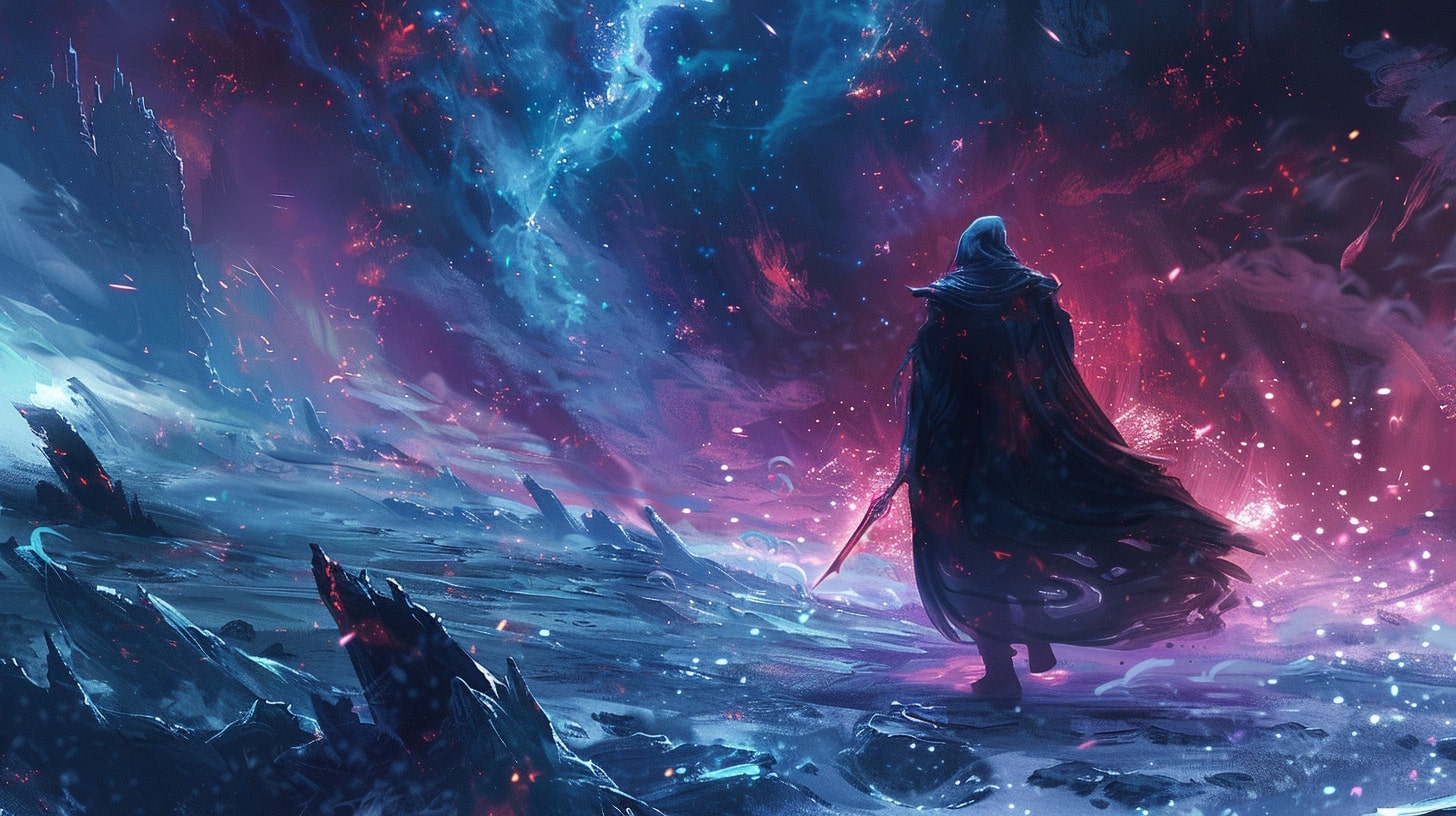
Making It All Connect
Here's where the real magic happens. All these elements need to work together to create a living, breathing system. Let's use our emotion magic example:
- Basic Concept: Magic users can capture and use emotions
- Resource Reality:
- Emotions are captured in special crystals
- Stronger emotions yield more power
- Emotions degrade over time
- Mixed emotions can be volatile
- Economic Impact:
- Emotion harvesters become a profession
- Entertainment venues double as emotion farming operations
- Black market for rare or extreme emotions
- Crystal makers and refiners become crucial
- Social Impact:
- Laws about consent in emotion harvesting
- Regulation of emotion storage
- Religious views on emotion manipulation
- Cultural attitudes toward emotional expression change
See how each element feeds into the others? That's what you're aiming for. A system where pulling on one thread tugs at all the others in logical ways.
The Reality Test
Here's a quick test for your magic system's DNA. Can you answer these questions:
- How do people make money from this magic?
- How do people try to abuse this magic?
- Why hasn't this magic solved all the world's problems?
- What jobs exist because of this magic?
- What laws exist because of this magic?
If you can't answer these, your system needs more development. But the good news? Every question you answer makes your world richer and more interesting.
Next up, we'll look at how to stress-test your system and find the breaking points before they break your story. But for now, take some time to think about the ripples your magic system creates. Because in the end, those ripples are where your best stories will come from.
Remember, a great magic system isn't just about what it can do. It's about how it changes everything it touches.

Testing Your System's Strength
I'm about to save you from that 3 AM moment when you bolt upright in bed realizing your entire magic system has a hole big enough to drive a dragon through. Because here's the truth - either you break your magic system, or your readers will do it for you. Let's make sure you get there first.
The "Break It" Phase
Common Exploit Points
First up, we need to think like a rules lawyer with a caffeine addiction. Your job is to find every possible way to abuse your magic system. Trust me, if you don't do this, your readers will, and they're way better at it than you think.
Here's your exploitation checklist:
Power Generation Loopholes
- Can power be created from nothing?
- Can power be multiplied infinitely?
- Can power be stored indefinitely?
- Can power be recycled endlessly?
If you answered yes to any of these, you've got a problem. I once created a magic system where people could store energy in crystals. Seemed fine until I realized nothing stopped people from creating endless energy loops. Oops.
Economic Exploits
- Can magic users create valuable resources?
- Can they duplicate money or precious items?
- Can they bypass normal trade restrictions?
- Can they manipulate markets unfairly?
Remember, if your magic users can create gold, you don't have a currency system anymore. You have a very expensive paperweight.
Social System Breaks
- Can magic bypass established authority?
- Can it ignore social consequences?
- Can it manipulate people without checks?
- Can it avoid established costs?
Power Balance Issues
Time to check your power scaling. This is where most magic systems start to wobble:
The Power Scale Test
- Write down your system's weakest ability
- Write down its strongest ability
- List every step between them
- Explain why each increase in power has a proportional increase in cost
If you can't do step 4, you've got power balance issues.
The Combination Problem
How do your magical abilities interact? Check for:
- Ability combinations that bypass limitations
- Powers that become broken when used together
- Unintended synergies that break your system
I had a magic system once where one power could speed up time locally and another could multiply force. Took me way too long to realize I'd accidentally created the ability to hit things with infinite force. Not great for story tension.

The Integration Check
Daily Life Impact
Here's where we make sure your magic actually fits into your world. Answer these questions:
Basic Needs
- How does magic affect food production?
- What about water supply?
- Housing and construction?
- Healthcare and healing?
Transportation and Communication
- Does magic replace normal transport?
- How does it affect message sending?
- What about trade routes?
- City planning and design?
Cultural Effects
Time to dig deeper into how magic shapes your world:
Social Structures
- How does magic affect social mobility?
- What new professions exist because of magic?
- What old professions have changed or disappeared?
- How do non-magic users fit into society?
Power Dynamics
- Who really controls magic use?
- How is magical knowledge transferred?
- What role does magic play in governance?
- How does it affect warfare?
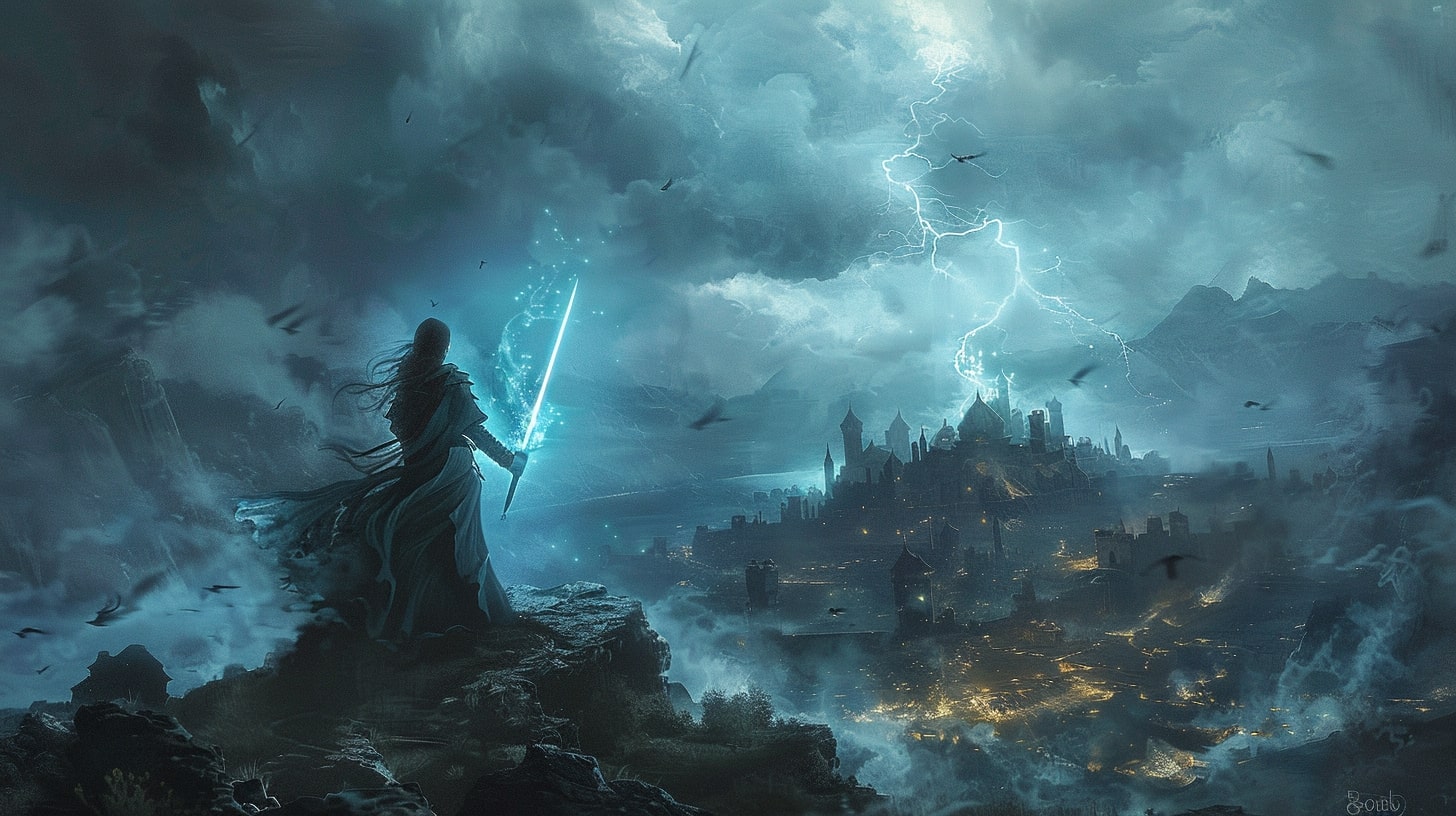
The "Fix It" Toolkit
Alright, so you've found some problems. Welcome to the club. Here's how to fix them:
The Power Patch Method
- Identify the exploit
- Add a cost that specifically targets that exploit
- Make sure the cost scales with the abuse
- Test the fix for unintended consequences
The Limitation Layer
Sometimes you need to add new limitations. Good limitations should be:
- Logical within your system
- Create interesting choices
- Scale with power
- Generate story opportunities
The Social Solution
Don't underestimate social limitations:
- Legal restrictions
- Cultural taboos
- Professional ethics
- Religious beliefs
Often, the best fix isn't a mechanical one - it's social.
Emergency Fixes for Common Problems
The Infinity Loop
Problem: Magic can create infinite resources Fix: Add decay rates, diminishing returns, or cumulative costs
The Power Creep
Problem: Magic keeps getting stronger without justification Fix: Create hard caps, increase costs exponentially, add cascading consequences
The "Why Don't They Just…"
Problem: Magic could easily solve plot conflicts Fix: Add situational limitations, increase costs for critical solutions, create social consequences
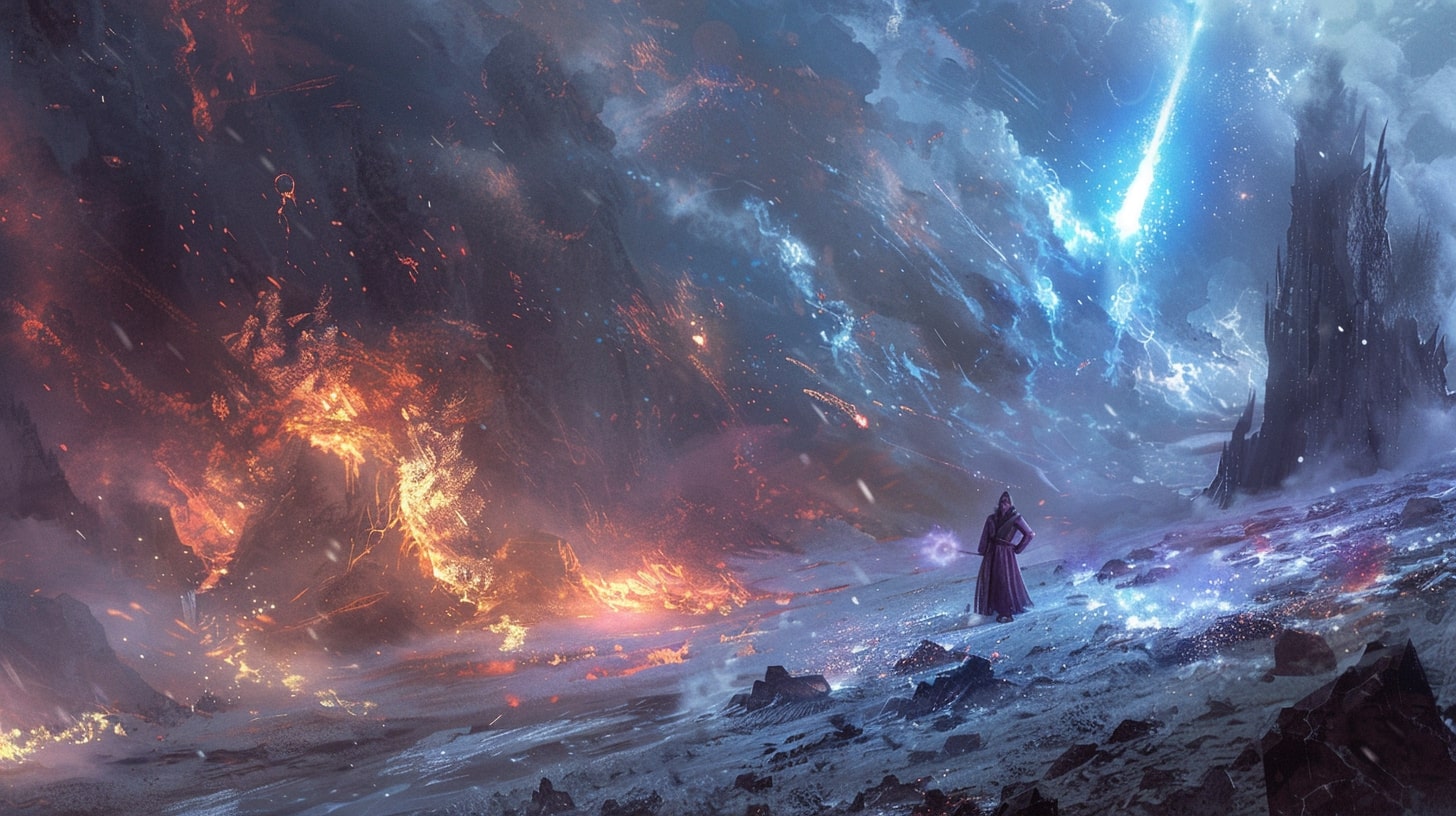
The Final Test
Here's your ultimate magic system stress test. Can you answer these questions:
- Why don't magic users rule the world?
- Why hasn't magic solved all major problems?
- How do non-magic users compete or contribute?
- What keeps magic users from becoming gods?
- Why do people ever choose not to use magic?
If you can answer all these with logical, consistent explanations that fit your world, congratulations, you've got a solid magic system.
Remember, the goal isn't to create a magic system that can't be broken. The goal is to create one where the breaks make sense and create interesting stories rather than plot holes.
Next up, we'll look at how to plan for your system's evolution. Because the only thing worse than a broken magic system is one that can't grow with your story.
But first, go try to break your magic system. Really try. Because if you don't, your readers will, and they won't be nearly as nice about it as I am.
Evolution Planning: Growing Your Magic System Without Breaking It
Remember when I mentioned my first novel's magic system? Well, here's what I didn't tell you - even if it hadn't broken immediately, it would have died a slow death because I didn't plan for growth. Because here's the thing about magic systems, they're like sharks. They need to keep moving forward, or they die. But move them the wrong way, and you've got a shark with laser beams that just ate your plot.
How Systems Grow
Natural Evolution Points
First up, let's talk about where magic systems naturally want to grow. Think of these as your system's growing pains:
Knowledge Expansion
- Understanding deepens
- New applications discovered
- Better techniques developed
- Hidden aspects revealed
Here's the trick, plan these discoveries in advance. I like to create what I call "knowledge bubbles". Pockets of understanding that your characters and world can grow into naturally.
Power Development
- Existing abilities strengthen
- New combinations emerge
- Efficiency improves
- Limitations get tested
Think of power like a river. It'll naturally find new paths, but you want to guide where those paths can go.
Social Evolution
- Organizations form
- Regulations develop
- Training methods improve
- Cultural attitudes shift
This is often where the best story opportunities hide. Society's reaction to growing magical power creates natural conflict.

Managing Power Scaling
Here's where most magic systems go off the rails. Power scaling is like cooking. Too little and it's bland, too much and you've burnt down your kitchen.
The Power Ladder
Create what I call a "power ladder" - a clear progression of abilities that:
- Makes logical sense
- Increases costs proportionally
- Maintains story tension
- Creates new challenges
Here's a practical example:
- Level 1: Basic energy manipulation
- Level 2: Focused application
- Level 3: Complex combinations
- Level 4: Mastery and innovation
- Level 5: Theoretical limits
Each step should:
- Cost more than the last
- Require more skill
- Create new problems
- Open new stories
The Balance Beam
As your system grows, you need to maintain balance. Here's your balancing checklist:
Power vs Cost
- Does increased power have proportional cost?
- Are new abilities properly limited?
- Do combinations follow logical rules?
- Are there meaningful tradeoffs?
Knowledge vs Application
- Does theoretical knowledge match practical use?
- Are there gaps between understanding and ability?
- Do limitations make sense with knowledge level?
- Are there interesting failures possible?
Future-Proofing Your System
The Growth Framework
Here's how to build in room for growth without breaking your system:
Expansion Zones
Create areas where your system can grow:
- Unexplored applications
- Untested combinations
- Unknown limitations
- Undiscovered resources
Safety Valves
Build in natural limiters:
- Resource constraints
- Physical limitations
- Social restrictions
- Natural barriers
The Mystery Box Method
I love this technique. Create what I call "mystery boxes" in your system:
- Established but unexplained phenomena
- Known but unreached limitations
- Theoretical but untested applications
- Historical but lost knowledge
These give you room to grow while maintaining consistency.
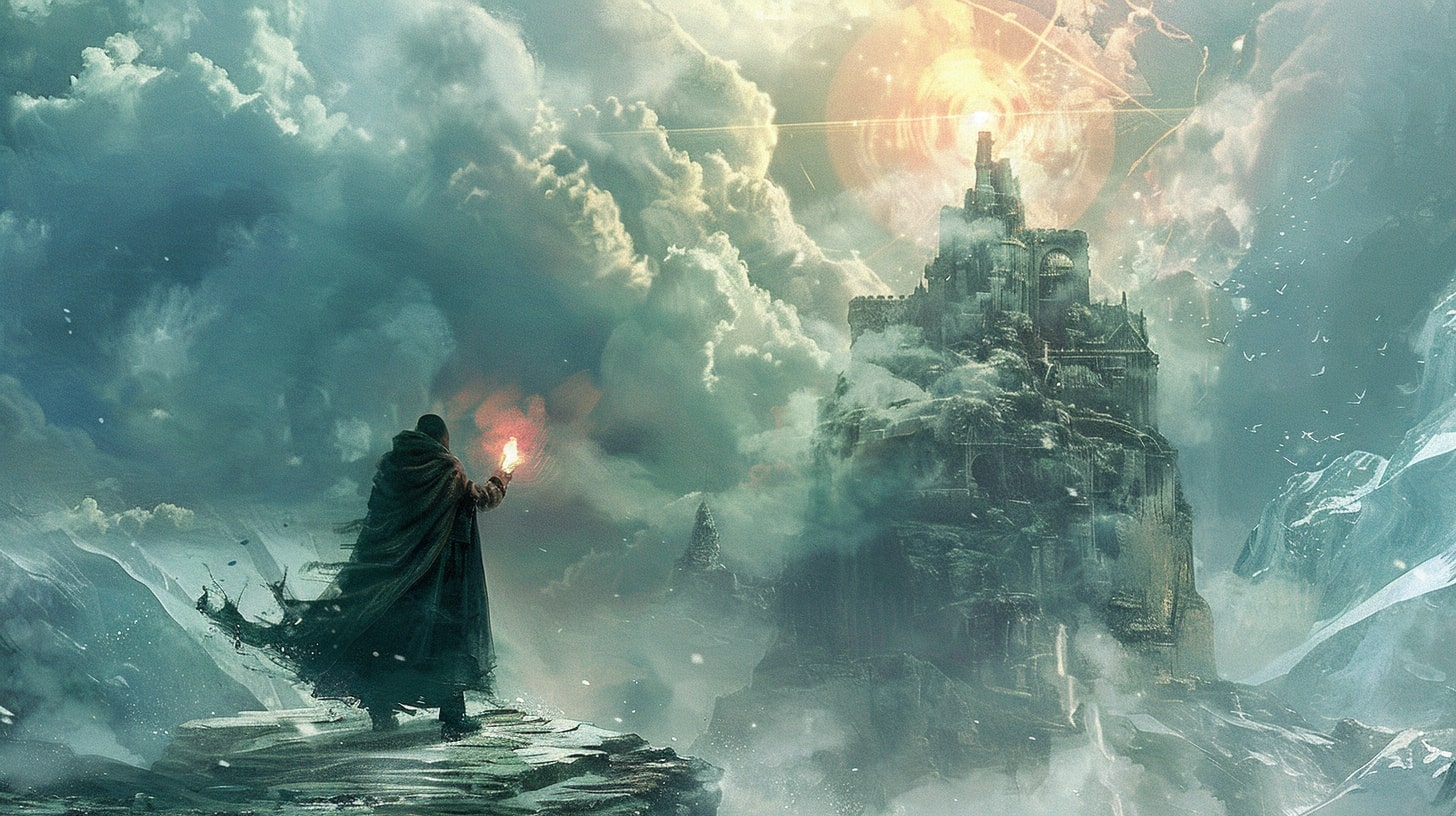
Planning Your Power Curve
The Development Timeline
Map out how your system will grow:
Short Term
- Individual skill improvement
- Basic knowledge expansion
- Simple combinations
- Local impact
Medium Term
- Organizational development
- New applications
- Complex interactions
- Regional effects
Long Term
- Fundamental discoveries
- System-wide changes
- Cultural shifts
- Global impact
The Story Integration Plan
This is crucial, plan how your system's growth ties to your story:
Character Development
- How does magic growth mirror character growth?
- What personal costs come with power?
- How do relationships change with ability?
- What choices become harder?
Plot Integration
- How does magic development drive plot?
- What conflicts arise from growth?
- What problems does growth solve?
- What new problems does it create?
Crisis Management
Growing Pains
Plan for these common growth problems:
Power Creep
- Set hard limits early
- Establish clear costs
- Create natural barriers
- Build in diminishing returns
System Sprawl
- Keep core rules simple
- Limit new mechanics
- Focus on applications over additions
- Maintain consistent costs
Complexity Creep
- Start simple
- Add depth before breadth
- Keep rules consistent
- Document everything
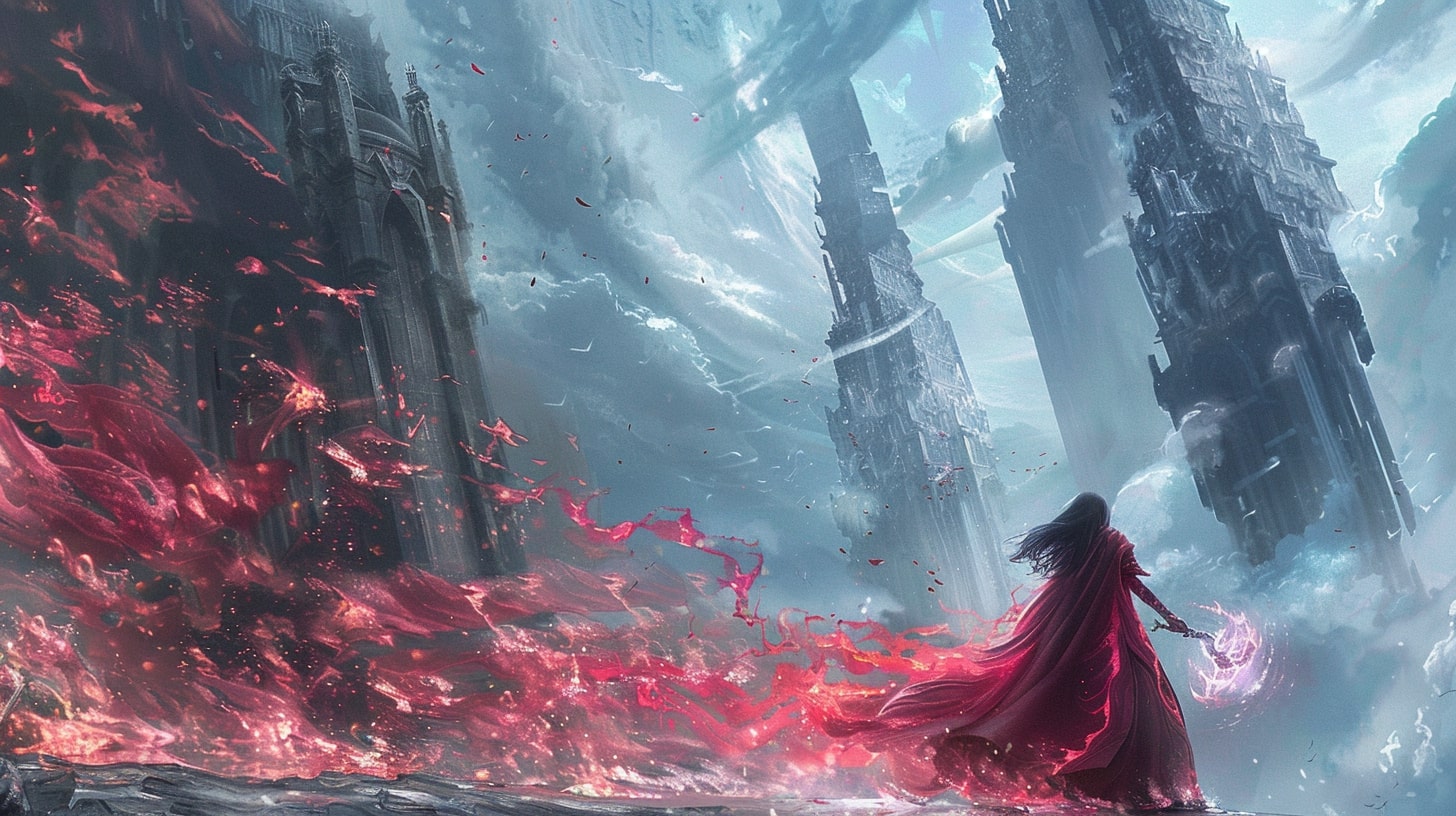
The Evolution Checklist
Before growing your system, check:
- Does this growth:
- Follow established rules?
- Make logical sense?
- Create interesting stories?
- Maintain balance?
- Have you considered:
- Social impact?
- Economic effects?
- Power balance?
- Story implications?
Pro Tips for System Growth
- The Three-Step Rule
- For every new power, plan three limitations
- For every advance, create three problems
- For every solution, build three new conflicts
- The Future Hook System
- Plant growth seeds early
- Establish foundations before building
- Create mysteries before solving them
- Leave room for discovery
Remember, growing your magic system isn't about making it more powerful. It's about making it more interesting. Every new development should create as many questions as it answers, as many problems as it solves.
Think of your magic system like a garden. You're not just letting it grow wild, you're carefully pruning it, guiding it, shaping it into something beautiful and sustainable. And like any good gardener, you need to plan for all seasons, not just the current one.
Next up, we'll look at practical exercises to put all this theory into practice. But for now, take a look at your system and ask yourself - where can it grow, and more importantly, where should it grow?
Because the best magic systems don't just get bigger - they get better.
Practical Exercises
Alright, time to get your hands dirty. Theory's great and all, but magic systems are like soufflés - you can read about making them all day long, but until you actually try it yourself, you're just collecting recipes. Let's build something together.
The Step-by-Step System Builder
Exercise 1: The Core Concept Sprint
Time needed: 30 minutes Materials: Paper, pen, timer
Here's how it works:
- Set a timer for 5 minutes
- Write down every cool magic idea that pops into your head
- Don't judge, just write
- When the timer stops, take a 2-minute break
- Set timer for 5 minutes
- For each idea, write one major problem it would cause
- Break for 2 minutes
- Set timer for 5 minutes
- For each problem, write one potential solution
- Final 10 minutes: Choose the idea with the most interesting problems and solutions
What you're doing here is speed-dating your magic system concepts. The one you choose might not be the flashiest, but it'll be the one with the most story potential.
Exercise 2: The Power Source Deep Dive
Time needed: 45 minutes
Step 1: Answer these questions about your chosen system:
- What is the raw source of power?
- How is it accessed?
- What natural limitations exist?
- What happens when it runs out?
Step 2: Create the resource map:
- Where is power abundant?
- Where is it scarce?
- What affects its availability?
- How is it stored?
- How is it transferred?
Step 3: Break your answers
Try to find three ways to exploit each answer you gave. This helps you find holes early.
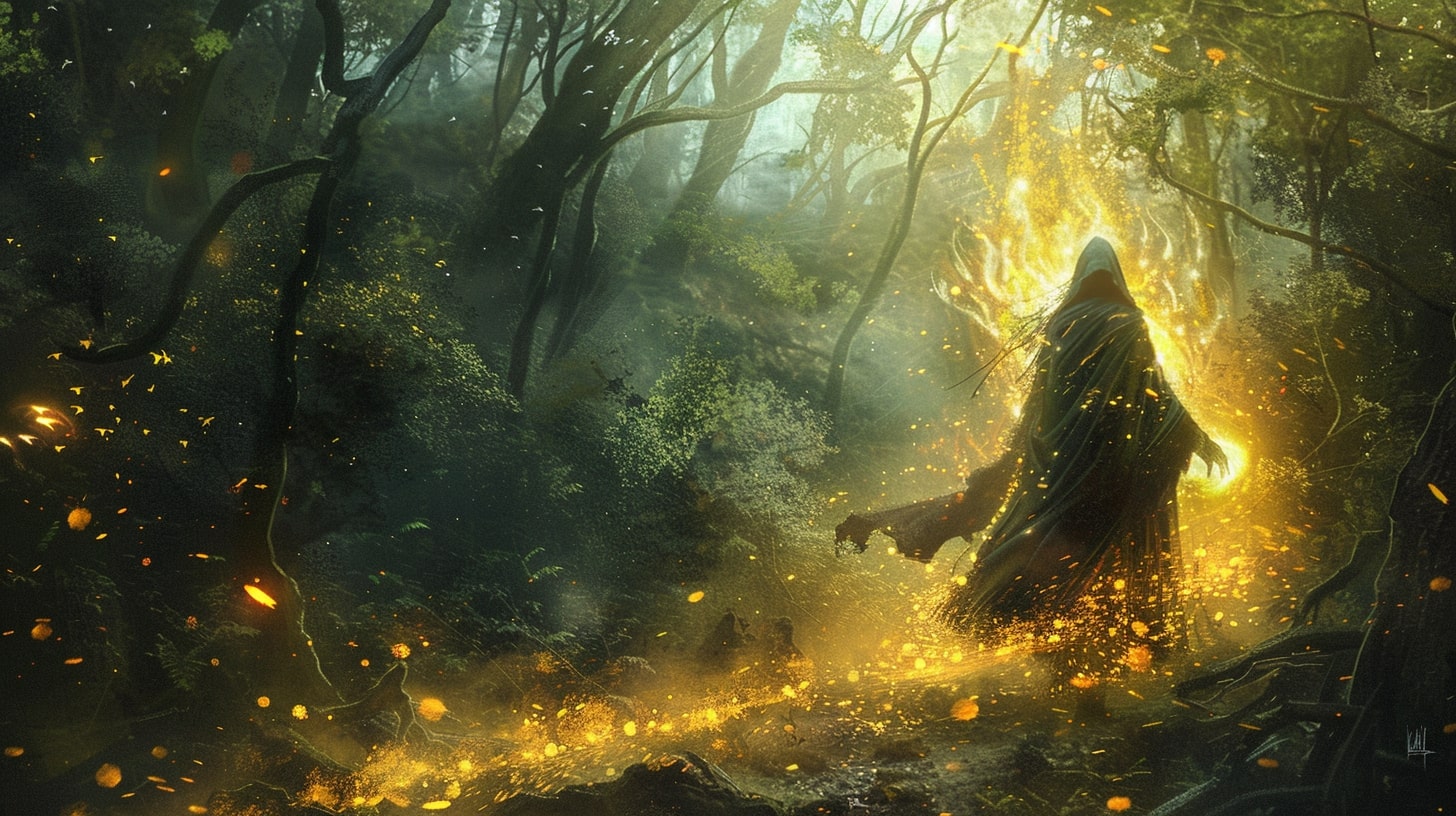
Exercise 3: The Cost Calculator
Time needed: 1 hour
For each ability in your system, create a cost matrix:
- Physical Costs:
- Immediate effects
- Long-term impact
- Cumulative damage
- Recovery needs
- Mental/Emotional Costs:
- Concentration requirements
- Emotional toll
- Mental strain
- Recovery time
- Social Costs:
- Reputation impact
- Relationship effects
- Legal consequences
- Cultural reactions
- Resource Costs:
- Material requirements
- Energy expenditure
- Time investment
- Economic impact
The World Integration Workshop
Exercise 4: The Ripple Effect Map
Time needed: 1 hour
Create a mind map with your magic system at the center. Then add branches for:
- Economy
- New jobs
- Dead industries
- Trade changes
- Resource values
- Society
- Power structures
- Social mobility
- Cultural changes
- Religious impact
- Daily Life
- Basic needs
- Transportation
- Communication
- Healthcare
- Governance
- Laws needed
- Enforcement methods
- Power balance
- International relations
Connect related elements with lines. The more connections, the richer your system.
Exercise 5: The Story Seed Generator
Time needed: 45 minutes
Create three types of conflict from your system:
- Personal Conflicts
- Character vs. Power
- Character vs. Cost
- Character vs. Society
- Character vs. Self
- Societal Conflicts
- Group vs. Group
- Magic vs. Non-magic
- Tradition vs. Innovation
- Control vs. Freedom
- Systemic Conflicts
- Resource Competition
- Power Imbalance
- Knowledge Access
- Regulatory Challenges
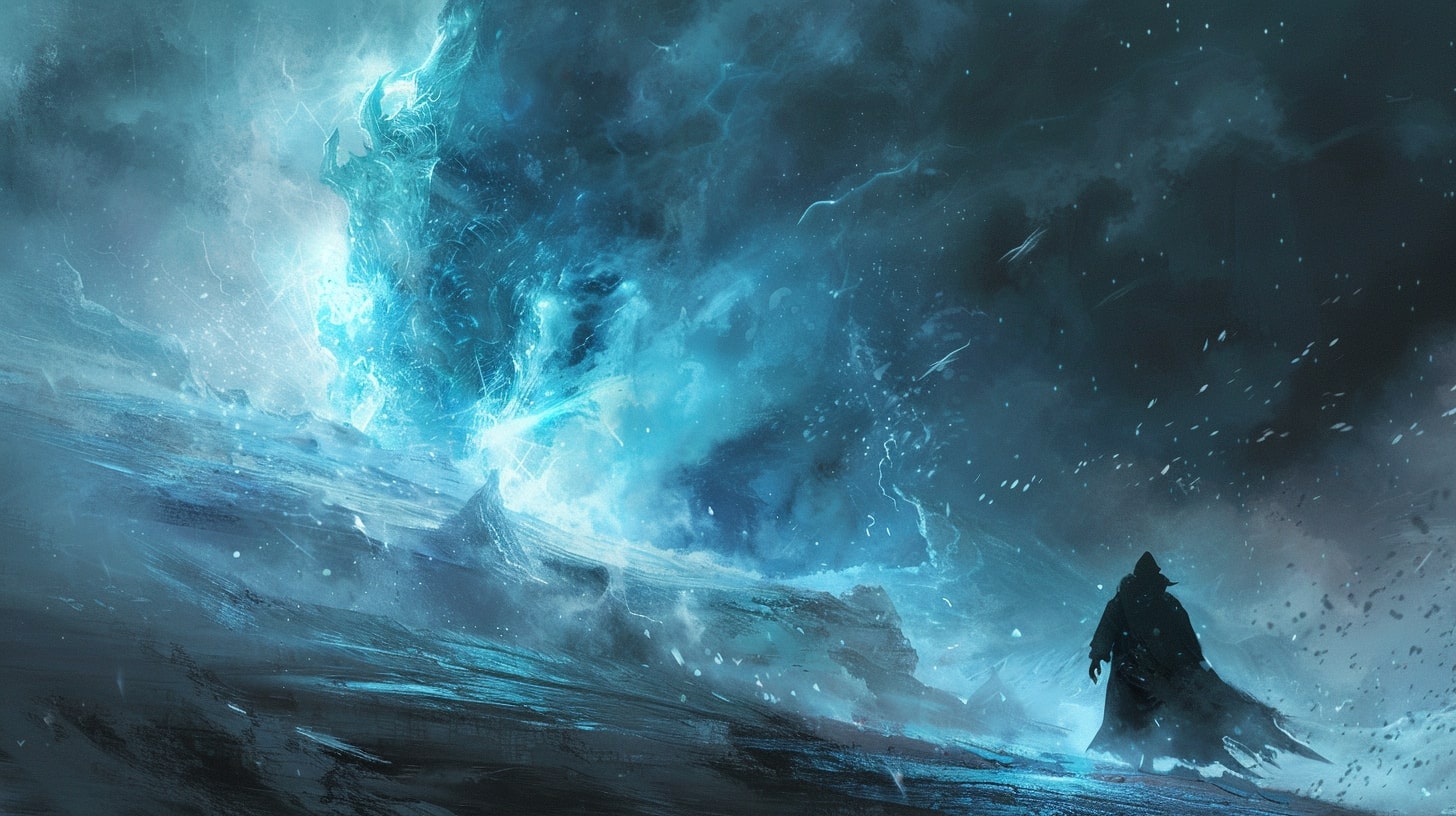
The Quick-Fix Toolkit
Exercise 6: The Problem Patch Workshop
Time needed: 30 minutes per problem
For each major problem in your system:
- Define the Issue
- What's breaking?
- Why is it breaking?
- Who can exploit it?
- When does it matter?
- List Possible Fixes
- Rule additions
- Cost increases
- Limitation creation
- Social constraints
- Test the Fix
- Does it create new problems?
- Does it maintain story interest?
- Does it fit the system's logic?
- Does it feel natural?
Advanced Exercises
Exercise 7: The Time Jump Test
Time needed: 1 hour
Project your magic system:
- 10 years into its future
- 100 years into its future
- 1000 years into its future
For each time period, describe:
- How has understanding grown?
- What new applications exist?
- What problems have emerged?
- How has society adapted?
Exercise 8: The Crisis Simulator
Time needed: 1 hour
Create three crisis scenarios:
- Personal level crisis
- National level crisis
- Global level crisis
For each crisis:
- How does magic help?
- How does magic make it worse?
- What prevents magical solutions?
- What unexpected consequences occur?
The Implementation Guide
Here's how to use these exercises effectively:
- Do them in order
- Each builds on the last
- Skip steps you'll miss things
- Take breaks between exercises
- Review and revise after each
- Document Everything
- Keep all your notes
- Write down questions
- Track contradictions
- Save discarded ideas
- Test as You Go
- Try to break each element
- Look for exploits
- Check for consistency
- Verify logic
- Review and Revise
- After each exercise
- After completing all
- After a few days break
- After writing with it
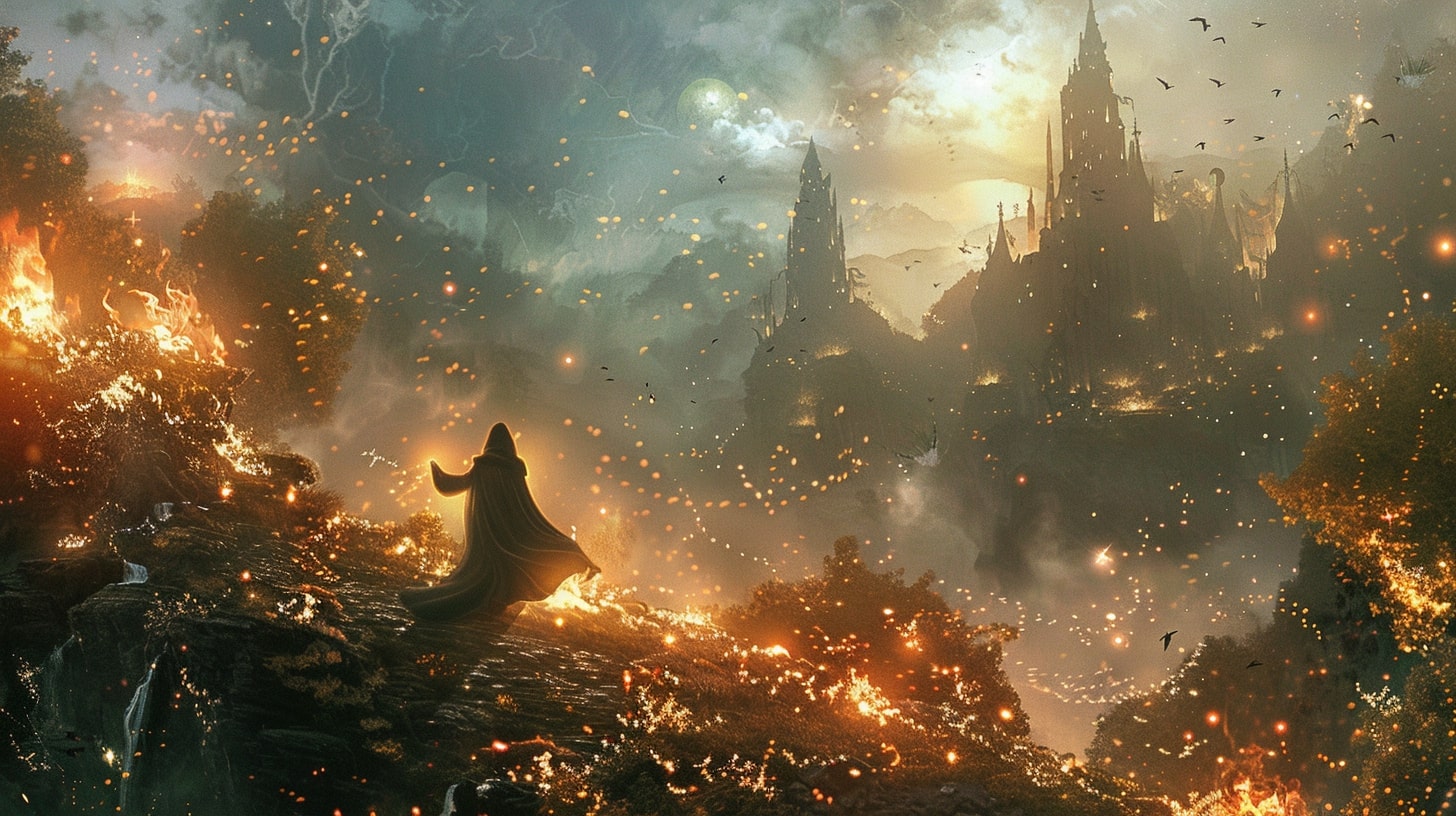
Common Pitfall Solutions
When you hit these common problems, try these fixes:
Power Creep
Solution Exercise:
- List all abilities
- Rank by power
- Check cost scaling
- Adjust as needed
Logic Holes
Solution Exercise:
- State the rule
- List exceptions
- Explain each exception
- Remove unexplainable ones
System Bloat
Solution Exercise:
- List all elements
- Mark essential ones
- Justify non-essential
- Cut unjustified elements
Remember, these exercises aren't just homework. They're your magic system's test kitchen. This is where you experiment, fail, and figure out what works before it matters.
Take your time with each exercise. It's better to spend an hour finding a problem now than to write half a novel before discovering a fundamental flaw in your magic system.
Next up is our conclusion, where we'll talk about putting it all together. But first, pick one of these exercises and actually do it. Right now. Because the best magic system in the world is the one you actually build, not the one you're going to build "someday."
Making Magic That Matters
Look, we've covered a lot of ground here. We've talked about everything from power sources to economic impacts, from system testing to evolution planning. But here's what really matters - you're now equipped to build magic systems that don't just sound cool, but actually work.
The Big Picture
Remember my disaster with the frequency-based magic system? Here's the real lesson from that failure, it's not about creating perfect magic systems. It's about creating magic systems that make your world more interesting, not less.
Every limitation should create opportunity. Every cost should generate story. Every rule should open up new possibilities.

Your Next Steps
Here's what you should do right now:
- Pick one idea for a magic system. Just one. Don't try to build five at once. Trust me on this.
- Run it through these basic questions:
- Where does the power come from?
- What does it cost?
- Who can use it?
- Why can't it solve everything?
- Take it through one of the practical exercises we covered. I recommend starting with the Core Concept Sprint. It'll only take 30 minutes, and it'll tell you if your idea has legs.
Common Pitfalls to Watch For
As you start building, keep an eye out for these red flags:
- If your magic can solve every problem, it's too powerful
- If you can't explain a limitation in one sentence, it's too complicated
- If you find yourself adding exceptions to every rule, your rules aren't working
- If your magic system could run the world's economy, you've got a problem
Remember the Fundamentals
- Magic needs limits to be interesting
- Costs should matter
- Systems should create problems and solutions
- Everything connects to everything else
The Real Secret
Want to know the real secret to building great magic systems? Here it is: The best magic system isn't the most powerful or the most complex or even the most original. The best magic system is the one that generates the most interesting stories.
That's it. That's the whole game.
Every time you're stuck, ask yourself: "Does this make my story more interesting?" Not "Is this cool?" or "Is this unique?" but "Does this create opportunities for conflict, growth, and discovery?"
Your Challenge
Here's what I want you to do next:
- Take one hour this week
- Pick one of the exercises we covered
- Actually do it
- Share what you create
Because here's the thing, all the theory in the world doesn't matter if you don't put it into practice. Your magic system doesn't need to be perfect. It just needs to exist so you can start improving it.
The Final Word
Magic systems aren't just rules for throwing fireballs or teleporting across continents. They're tools for telling better stories. They're frameworks for exploring ideas. They're lenses through which we can look at our own world differently.
So go build something amazing. Make it logical. Make it consistent. But most importantly, make it matter.
And if you get stuck? Remember - every great magic system started with someone asking "What if?" and then being brave enough to follow that question wherever it led.
Your "what if" is waiting. Go find it.


